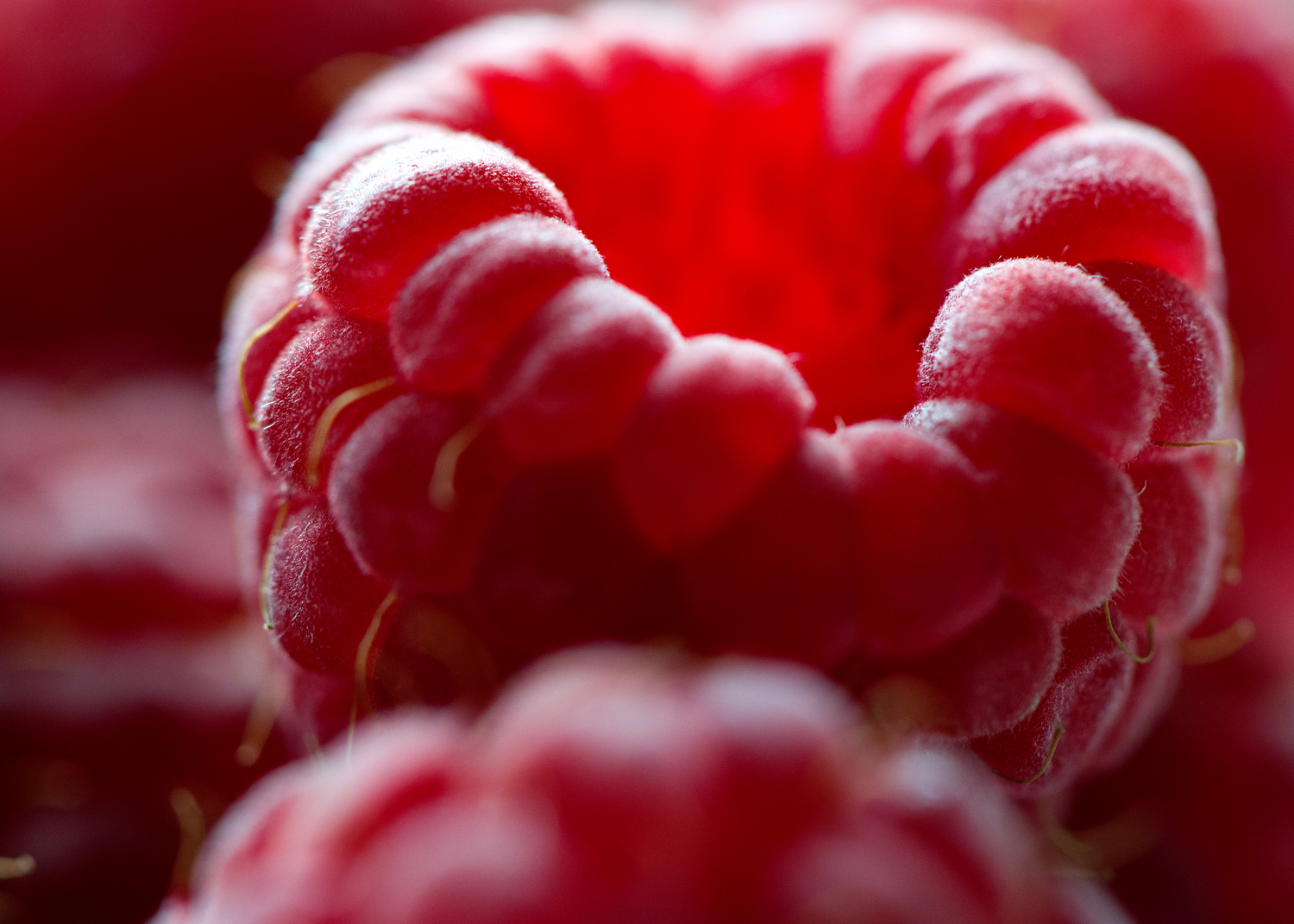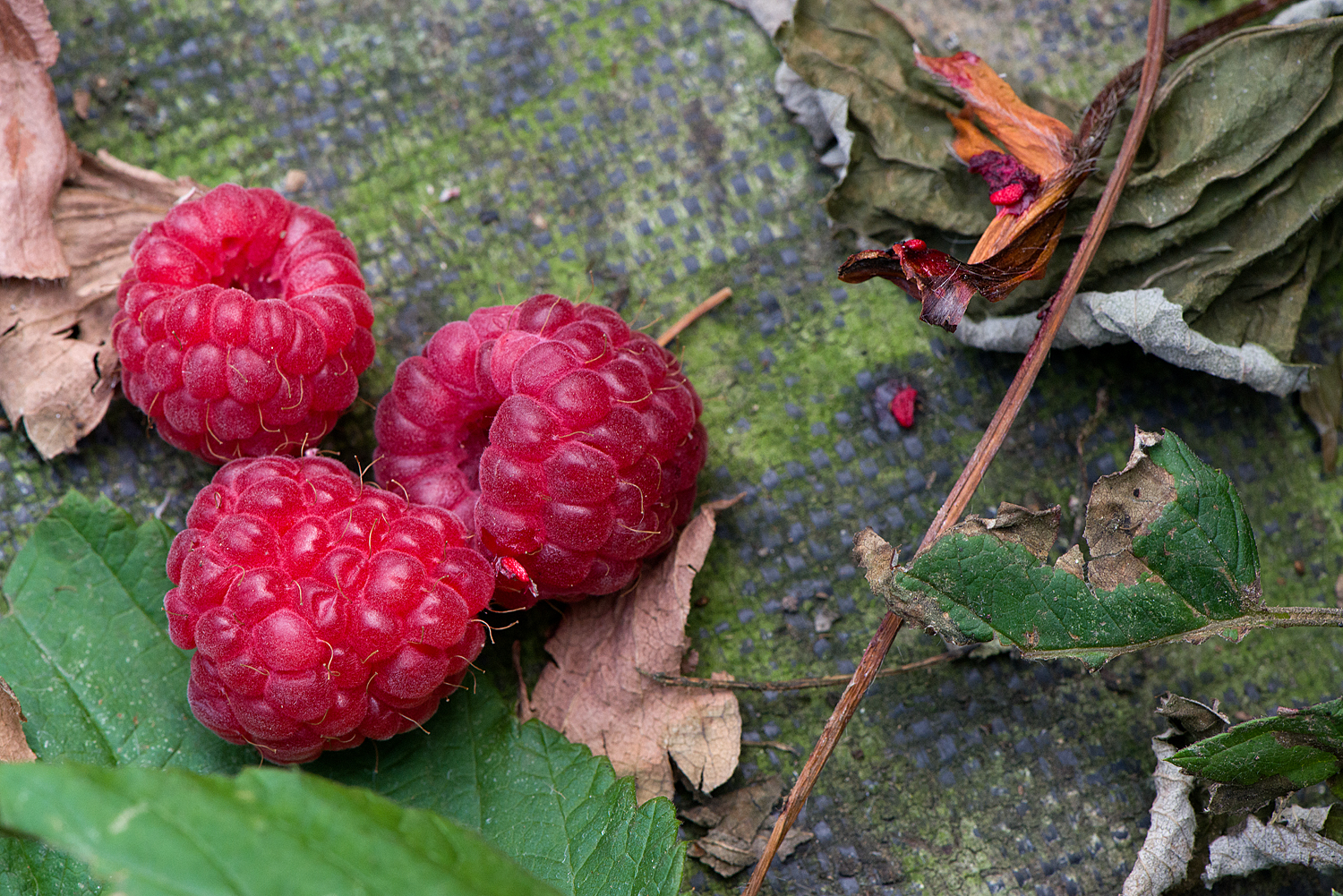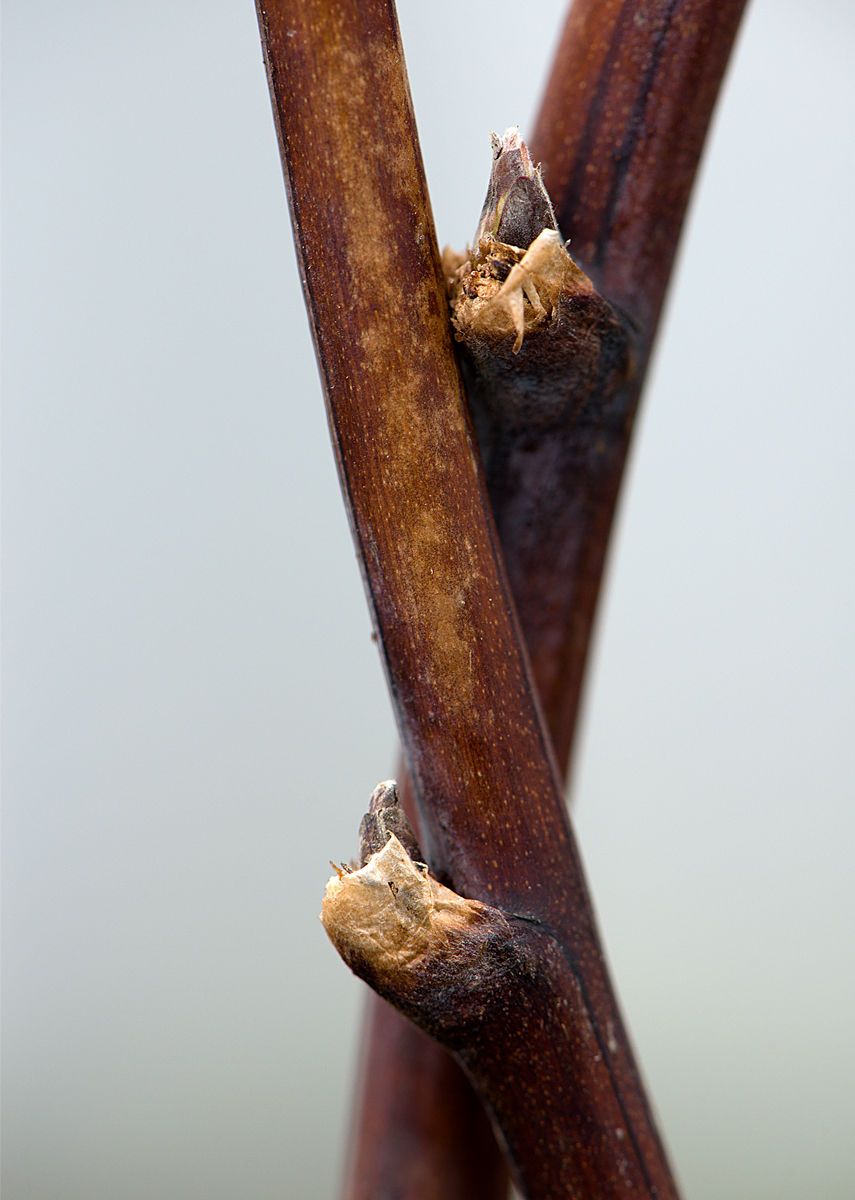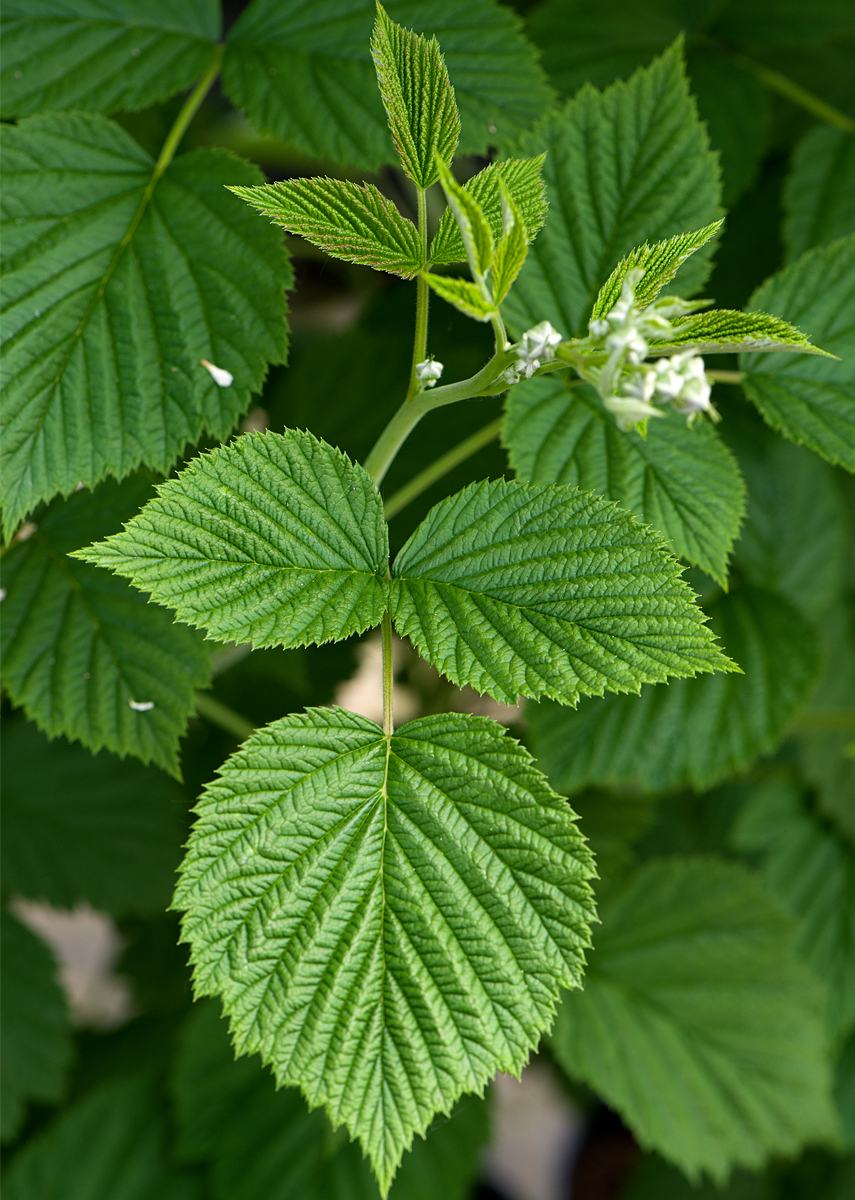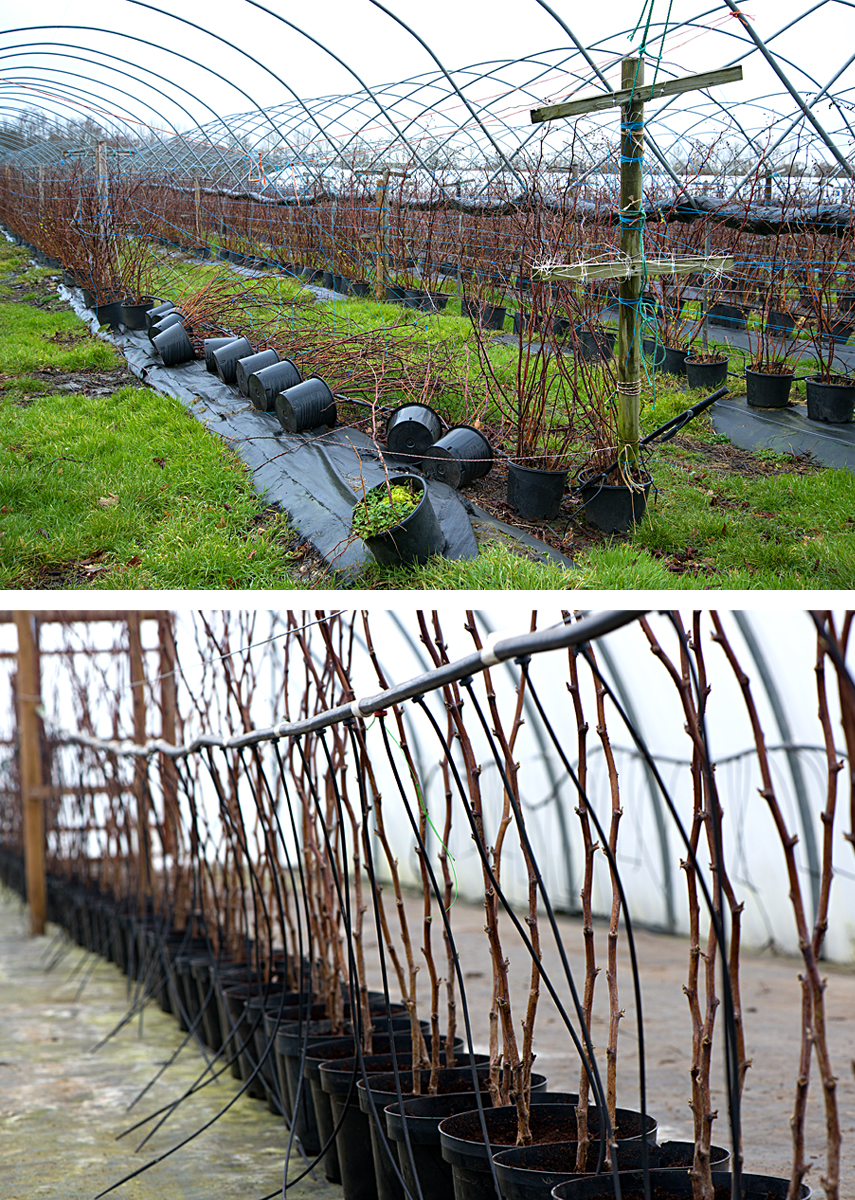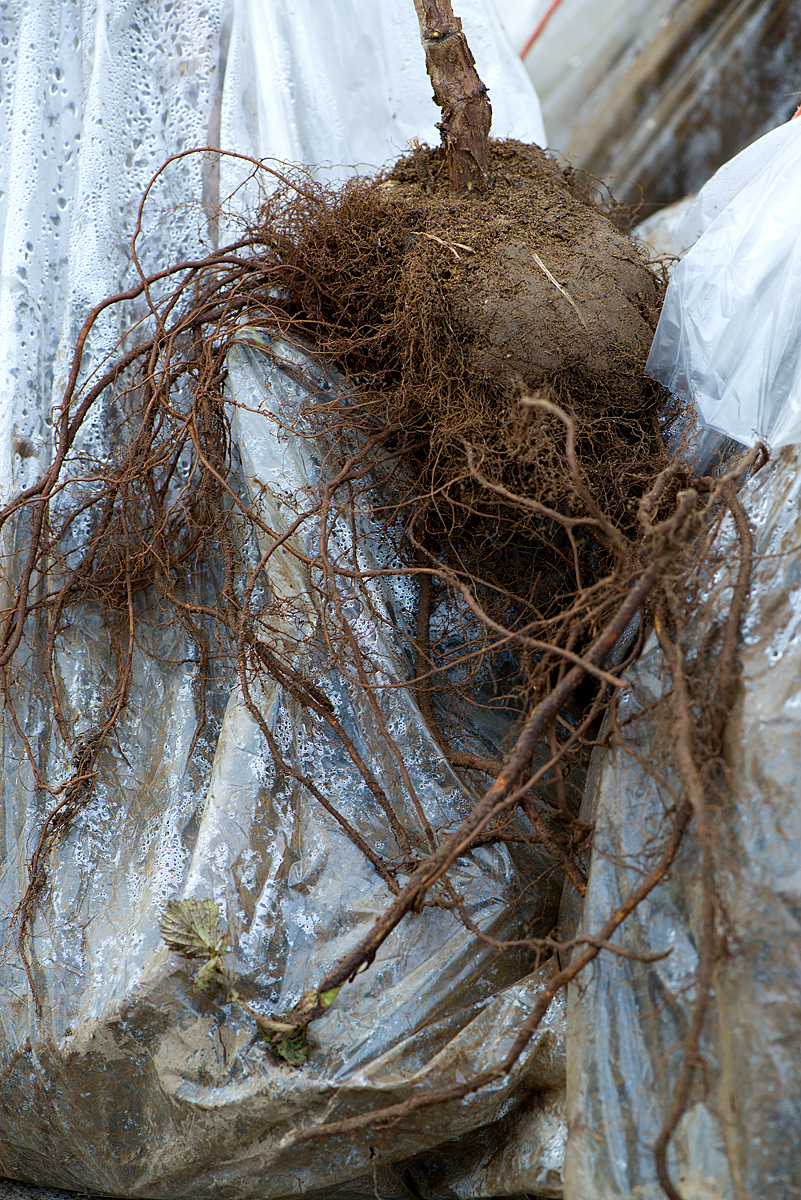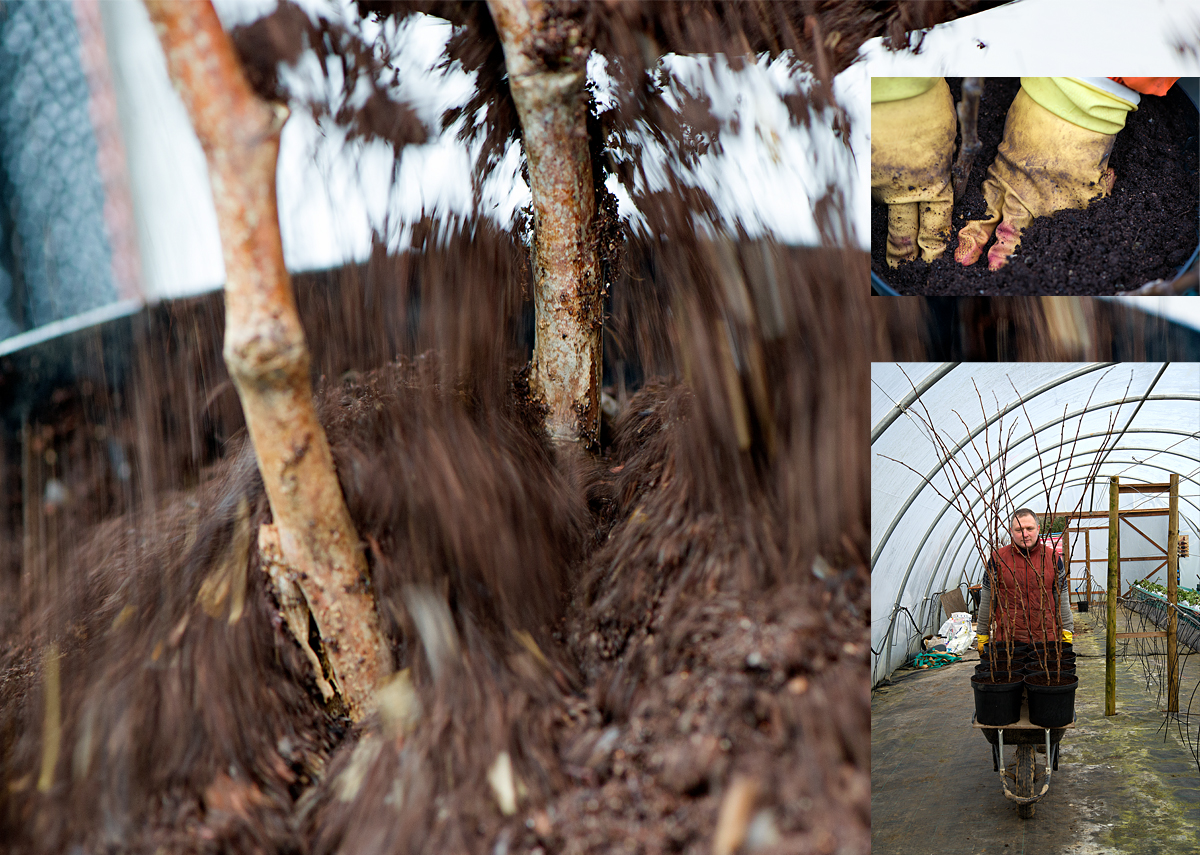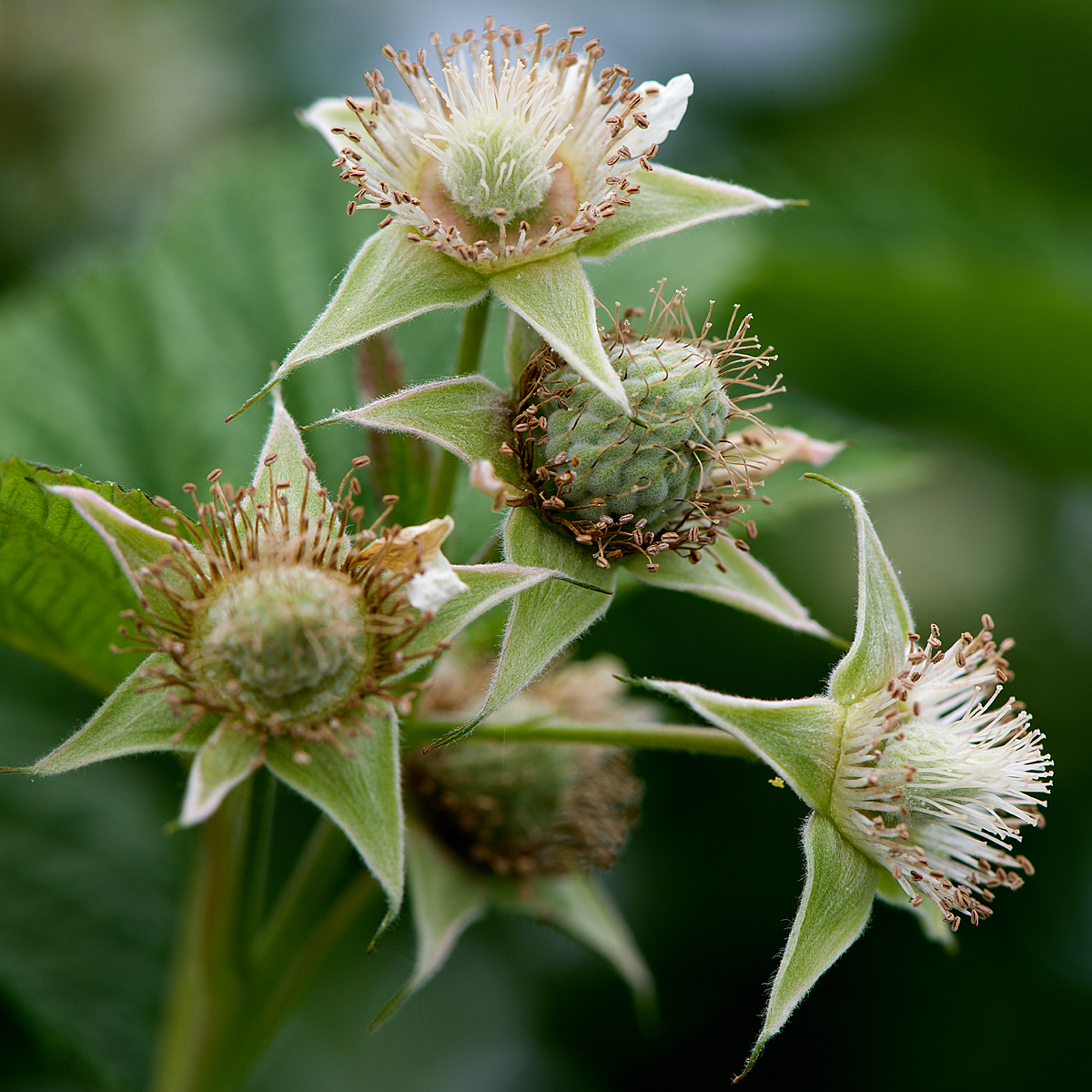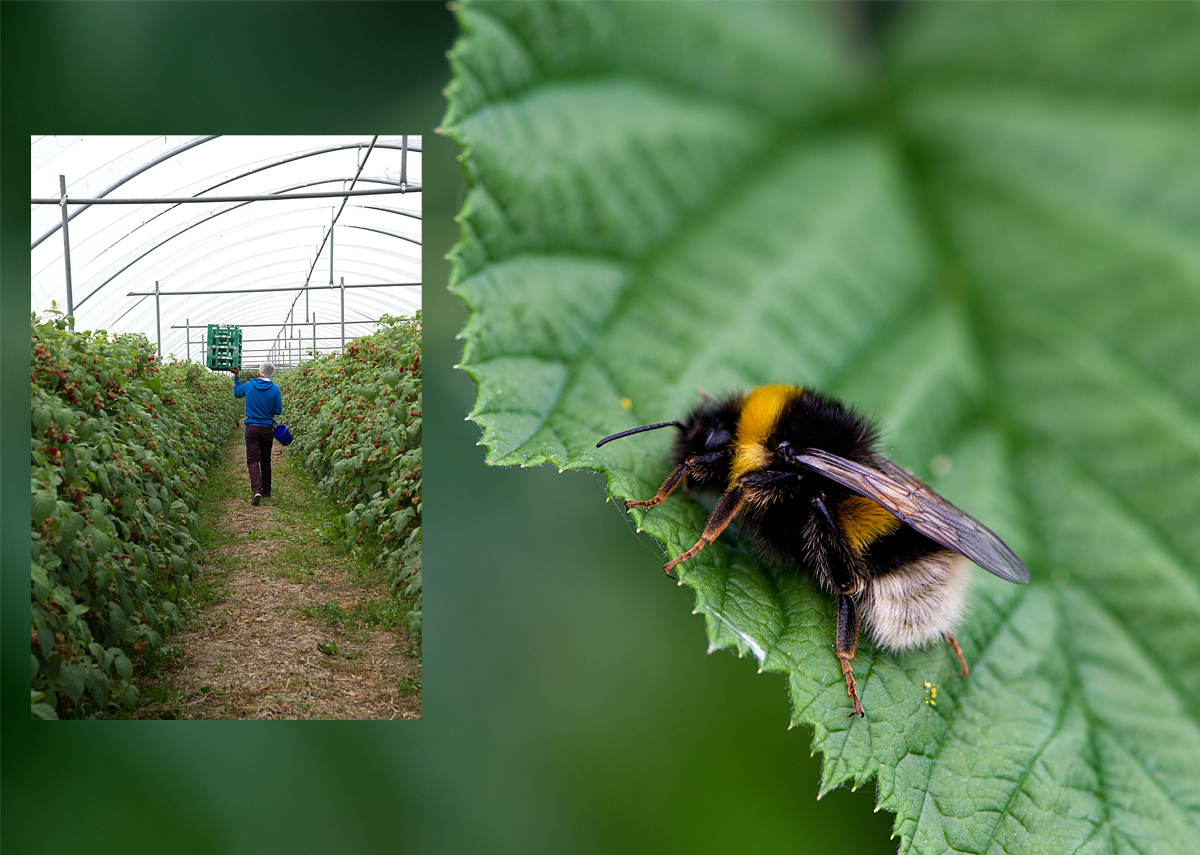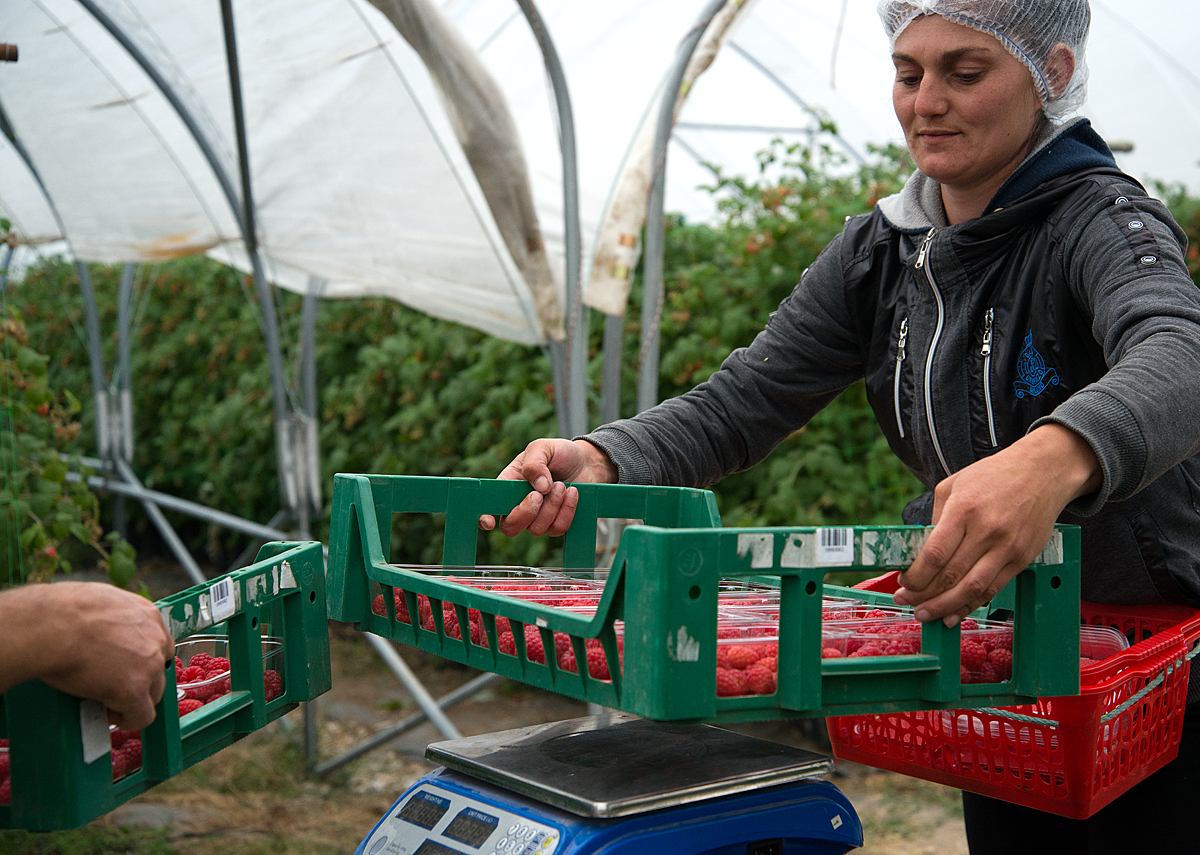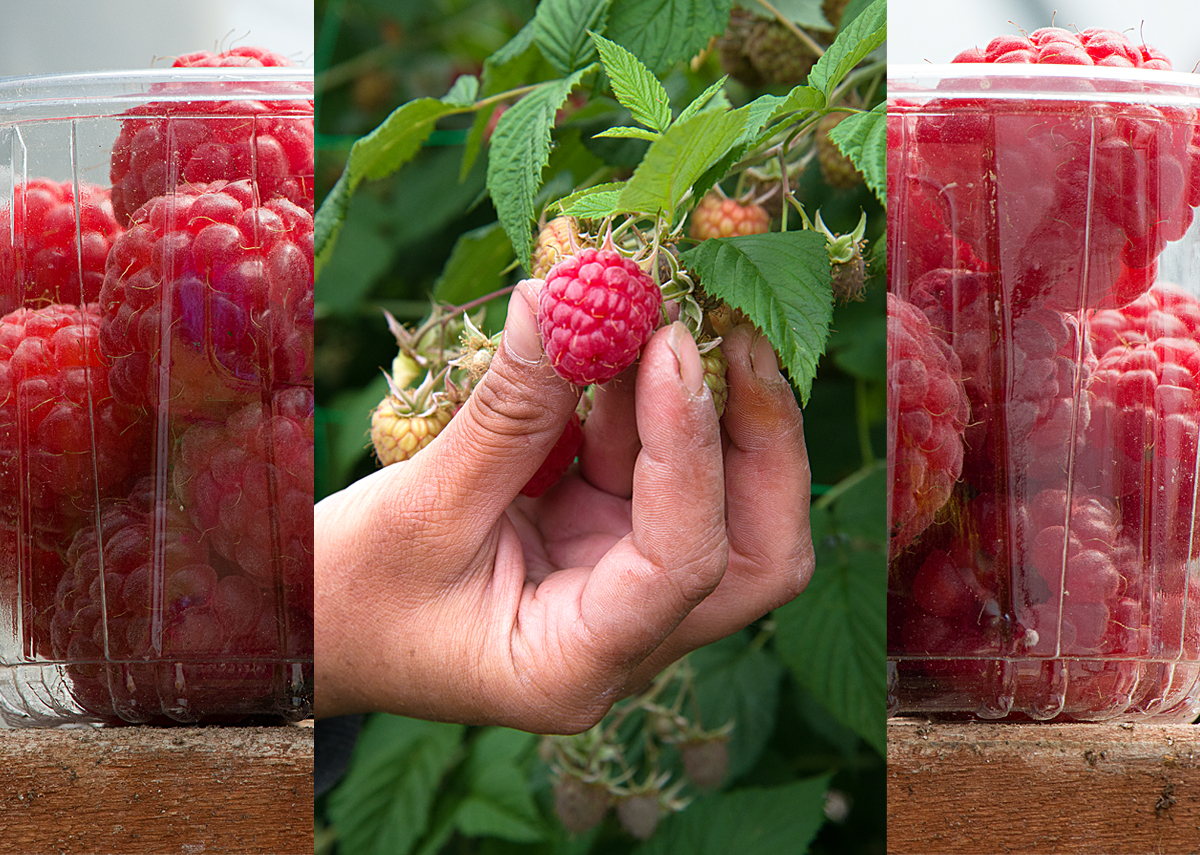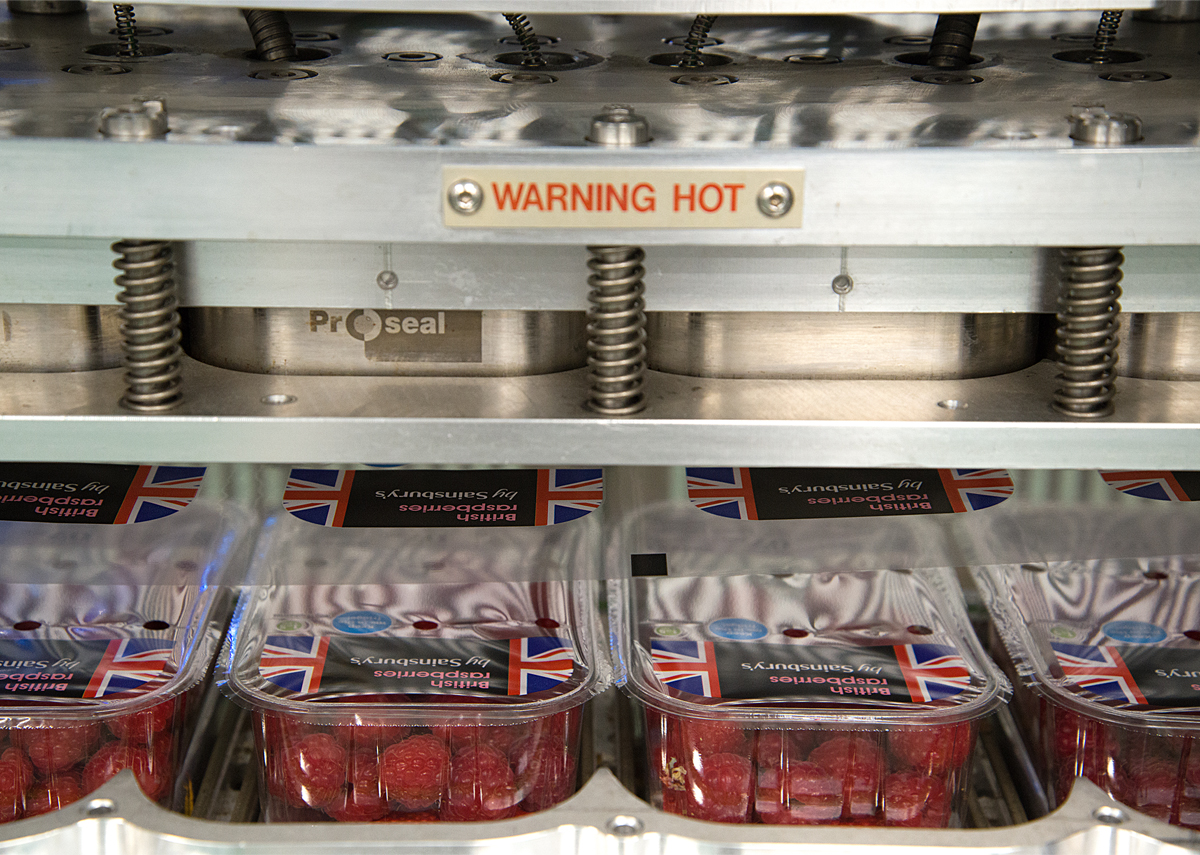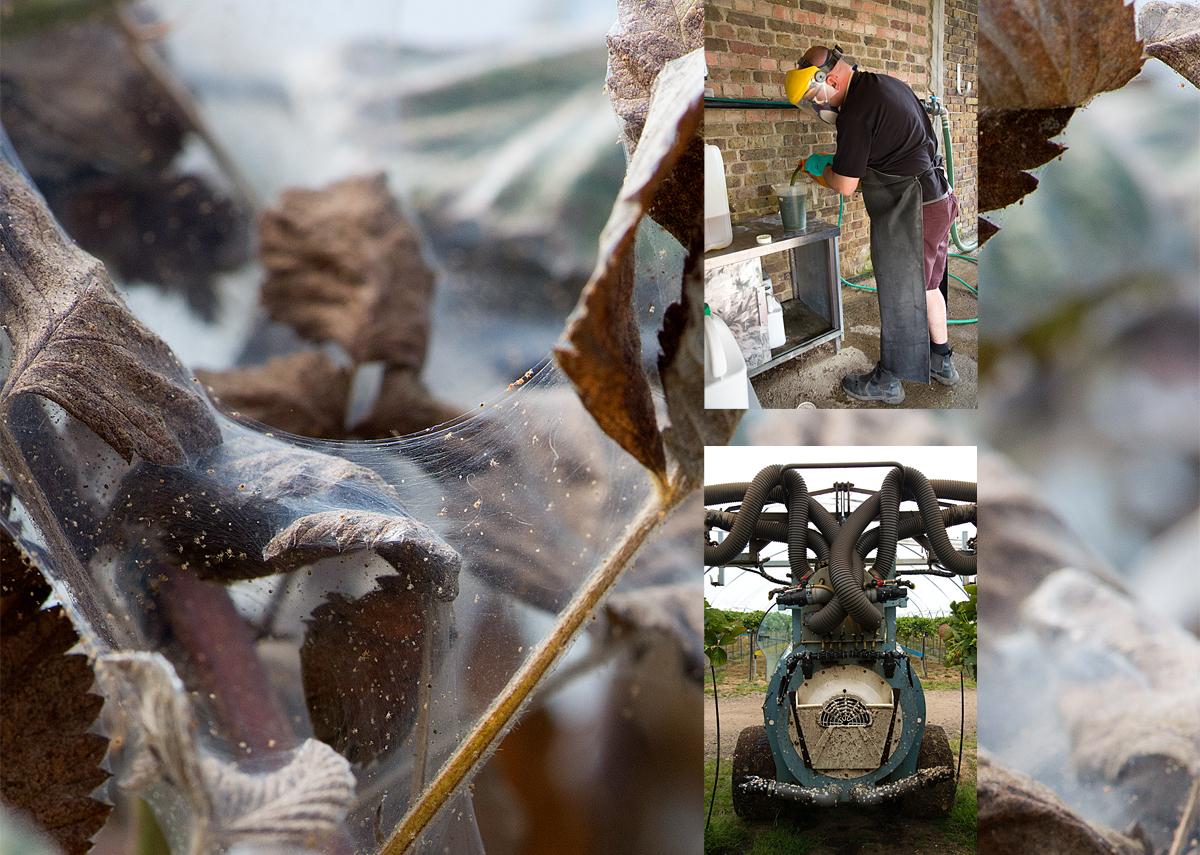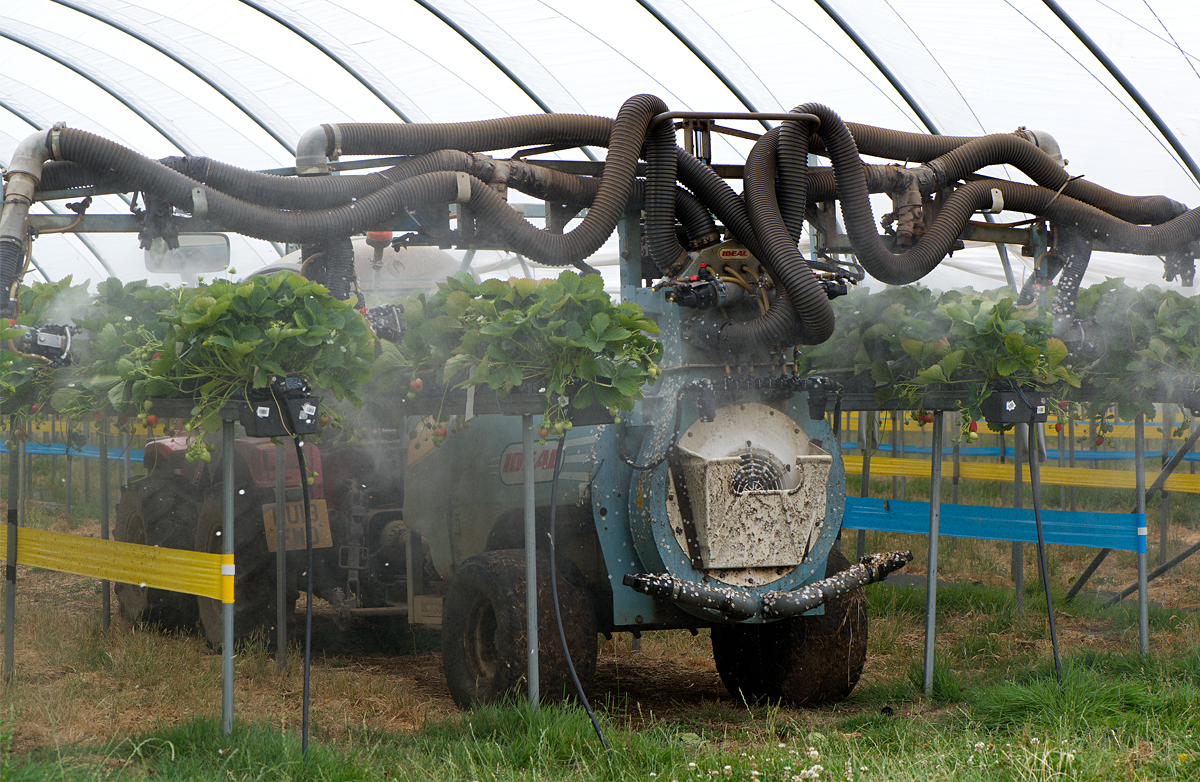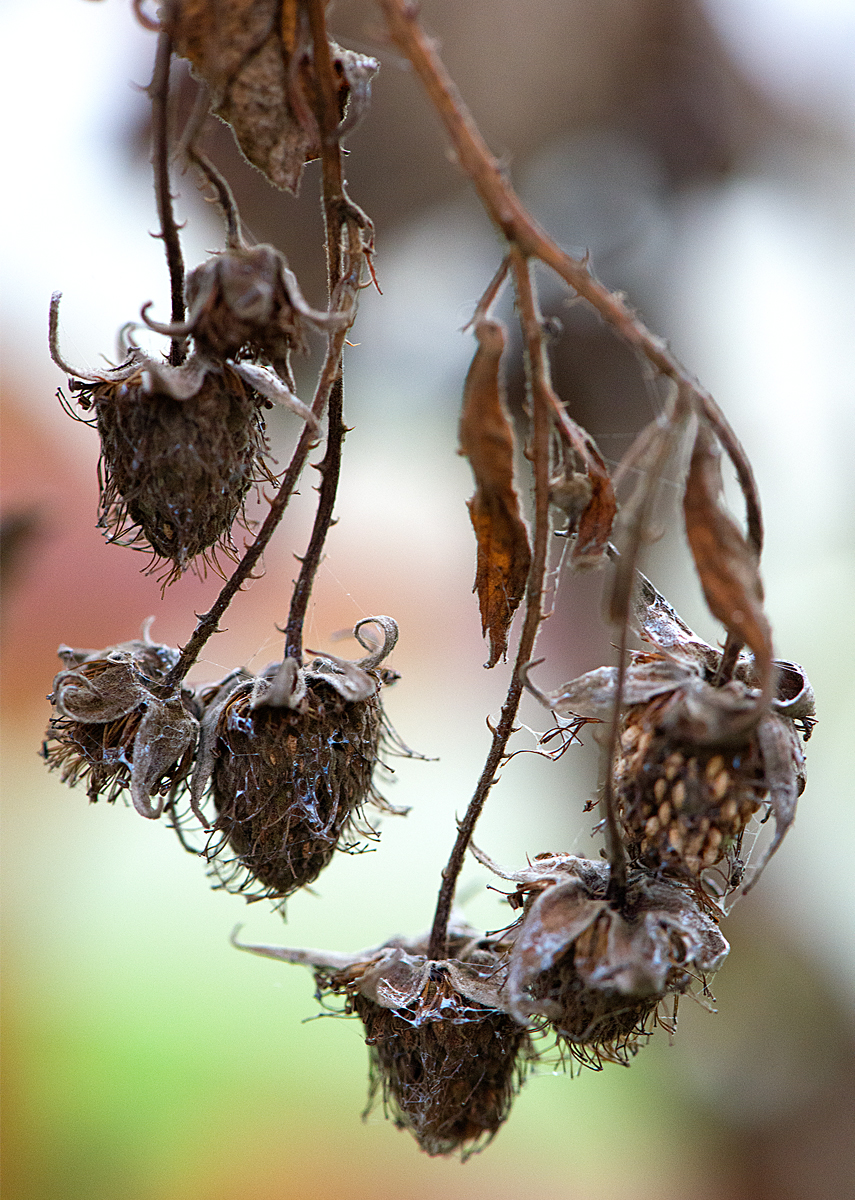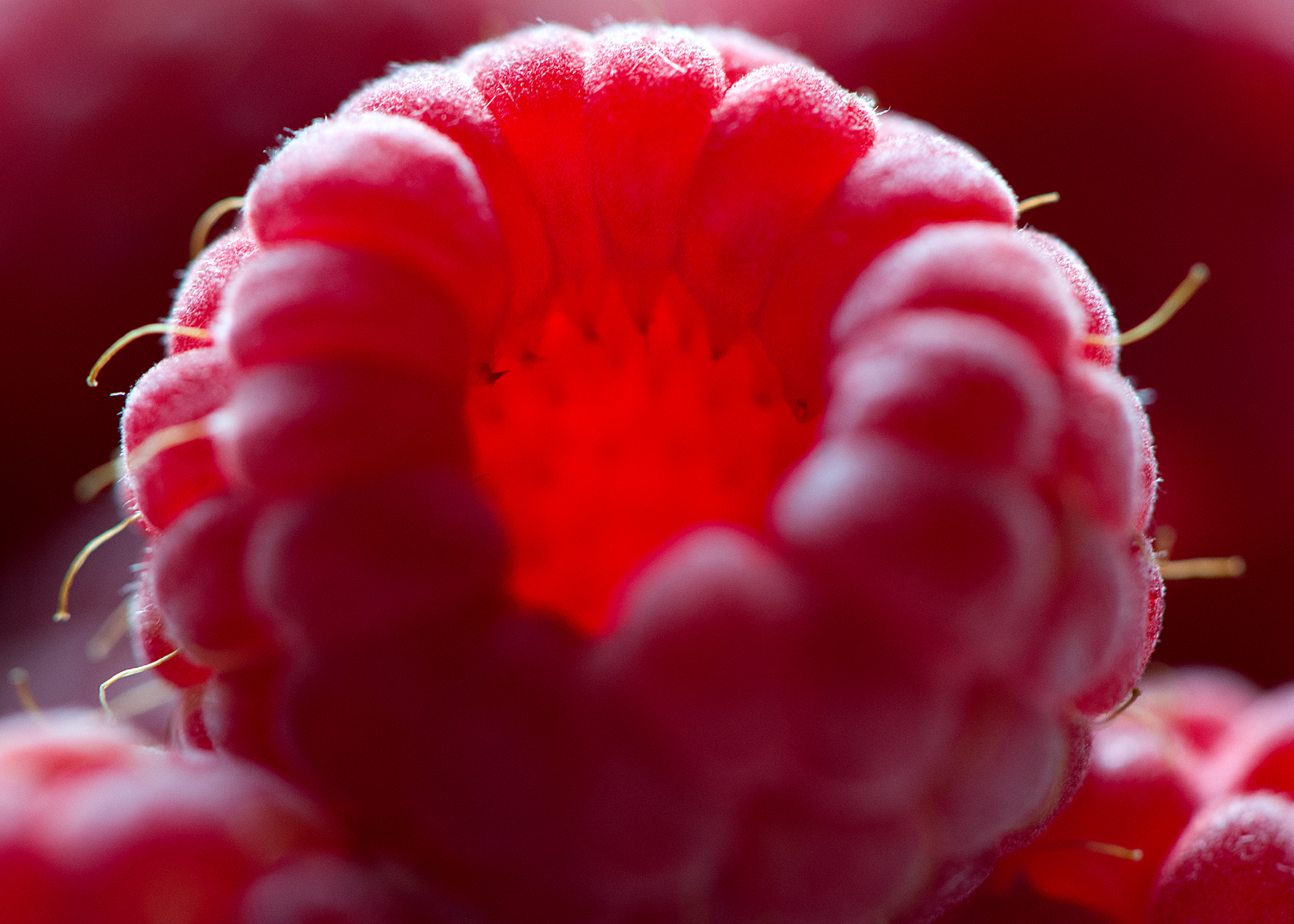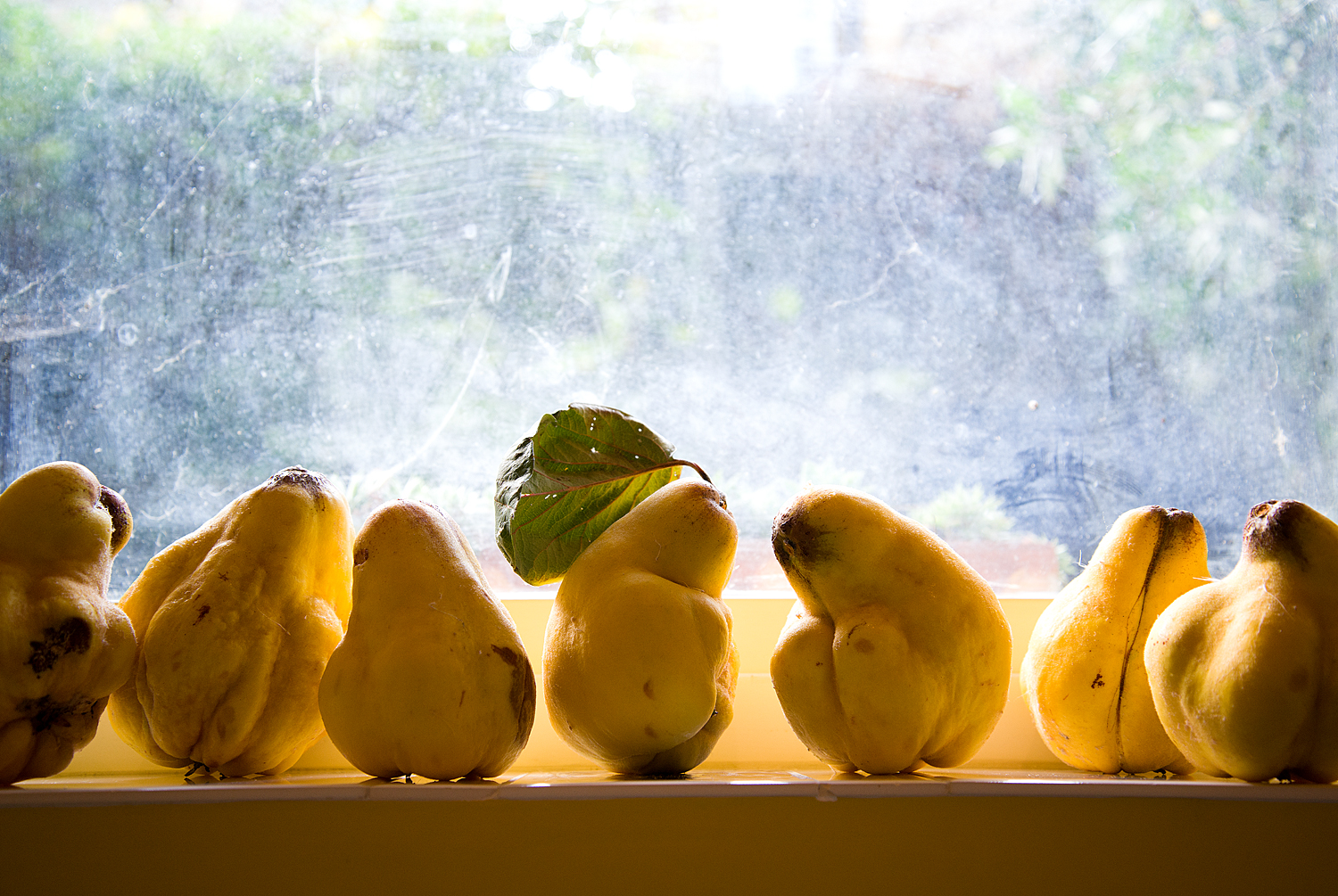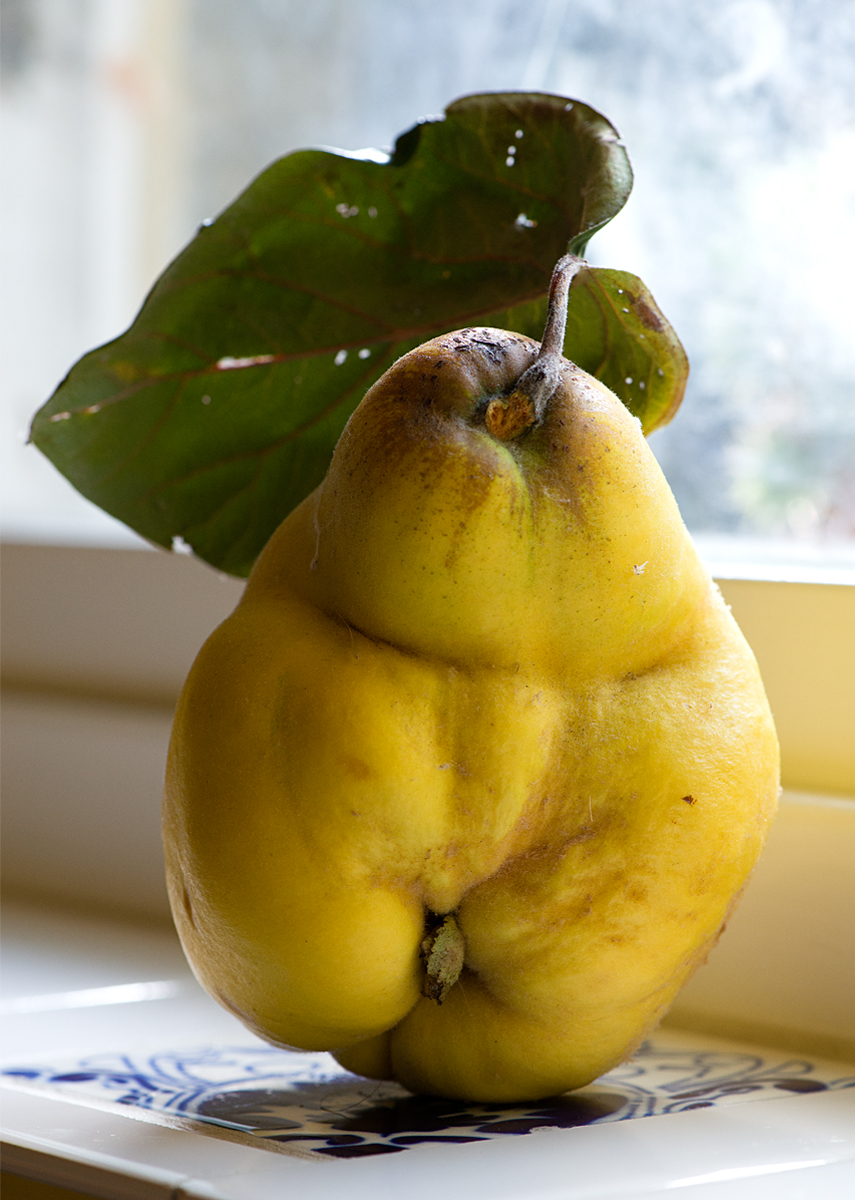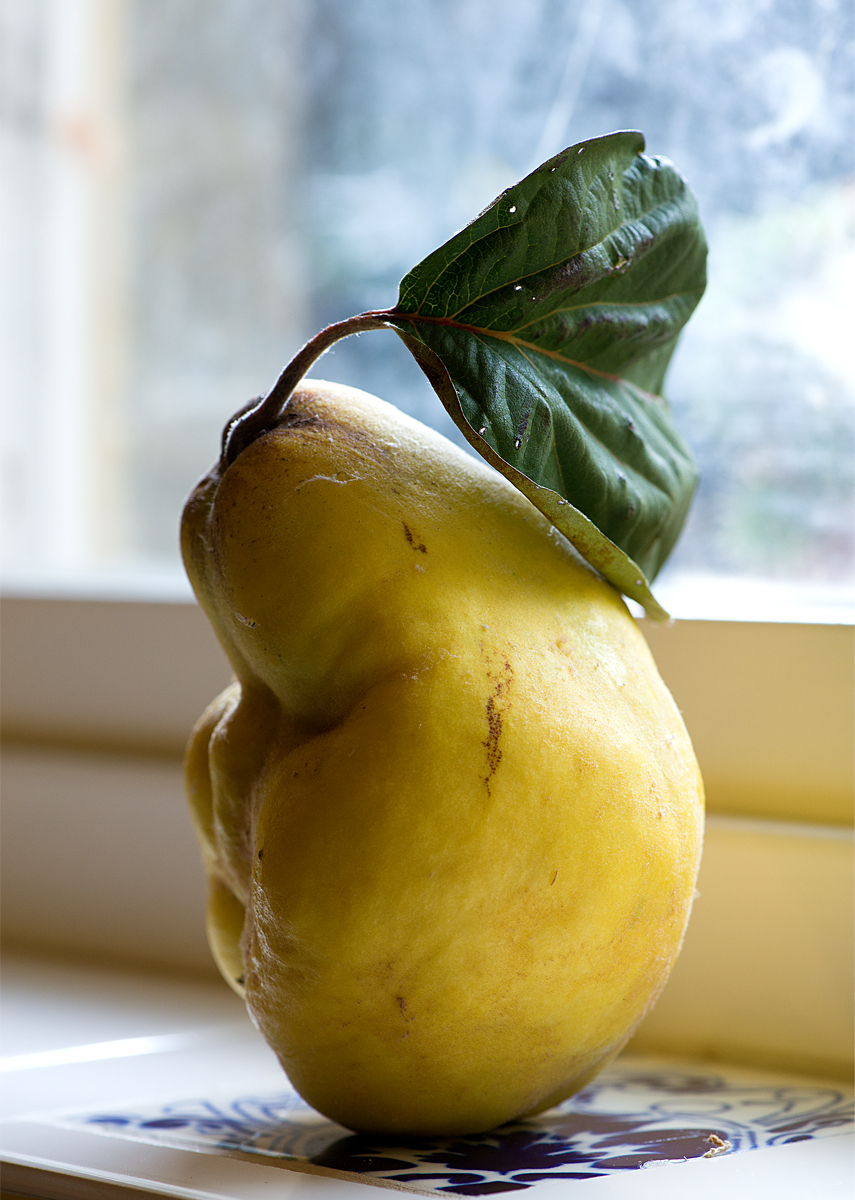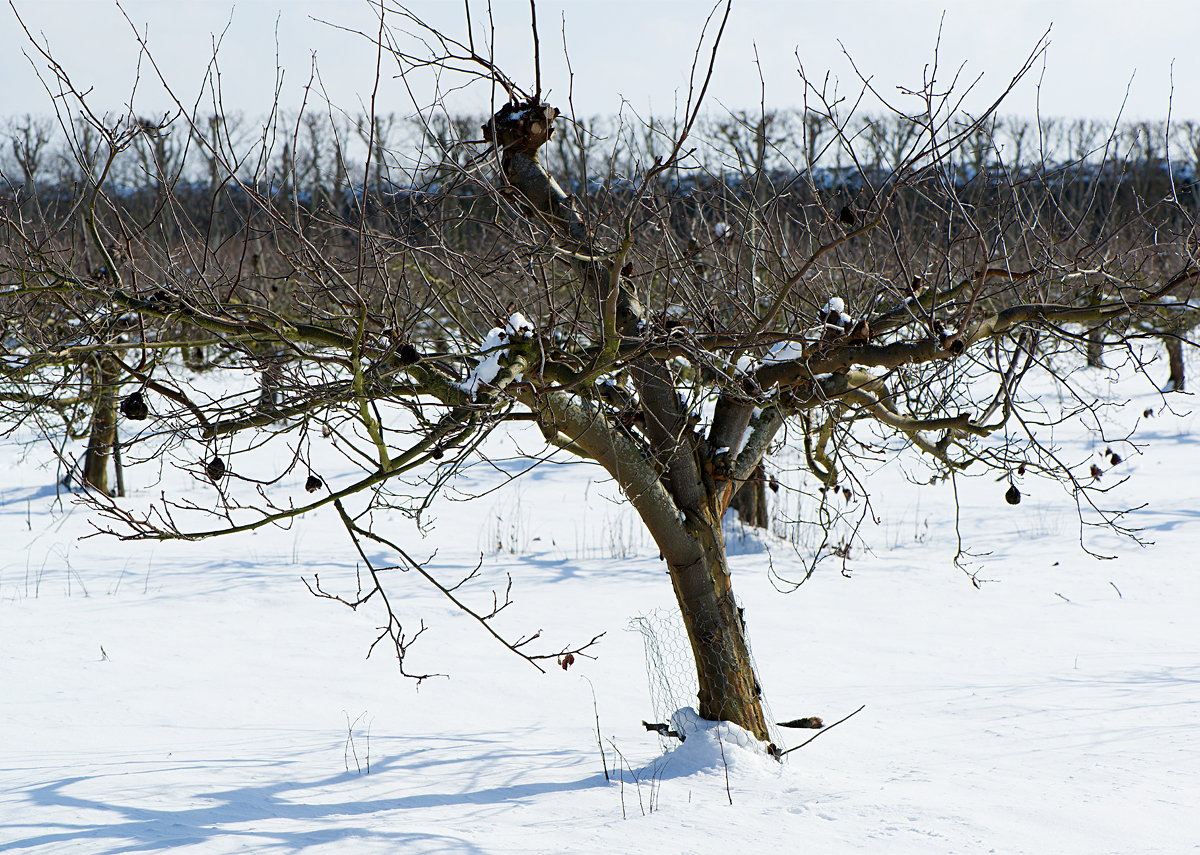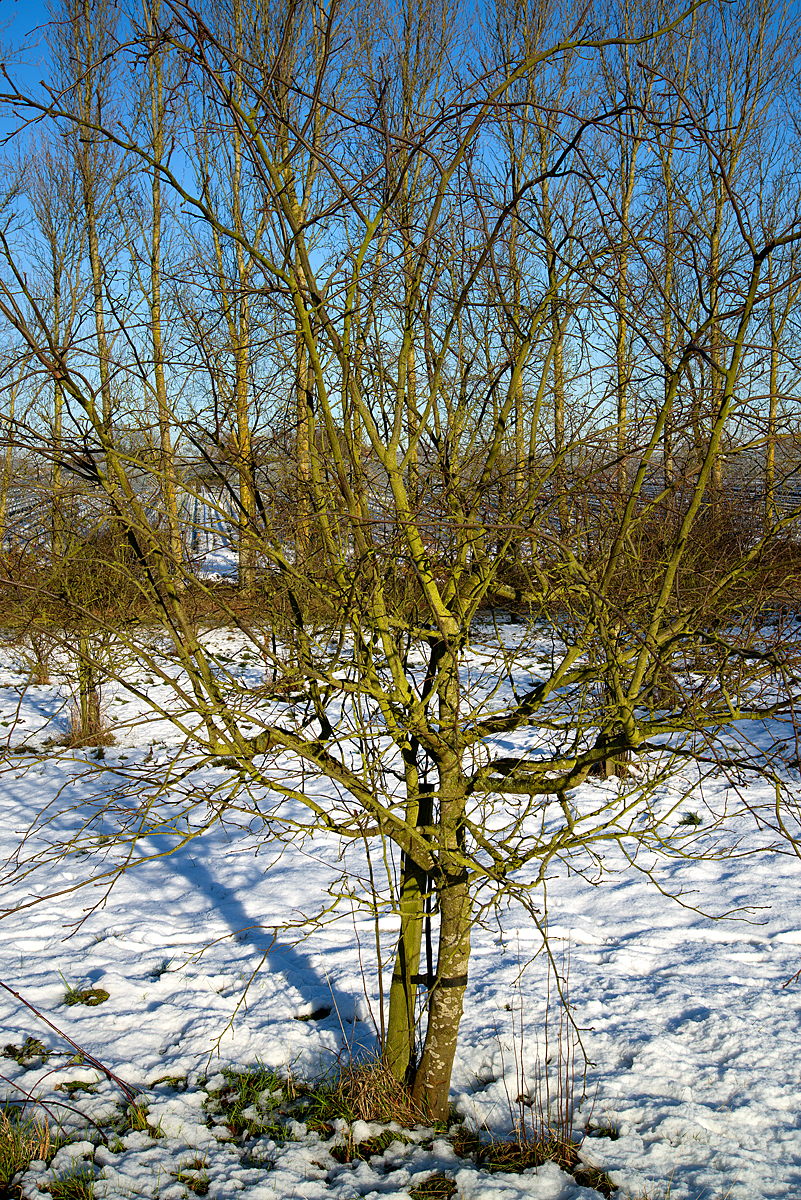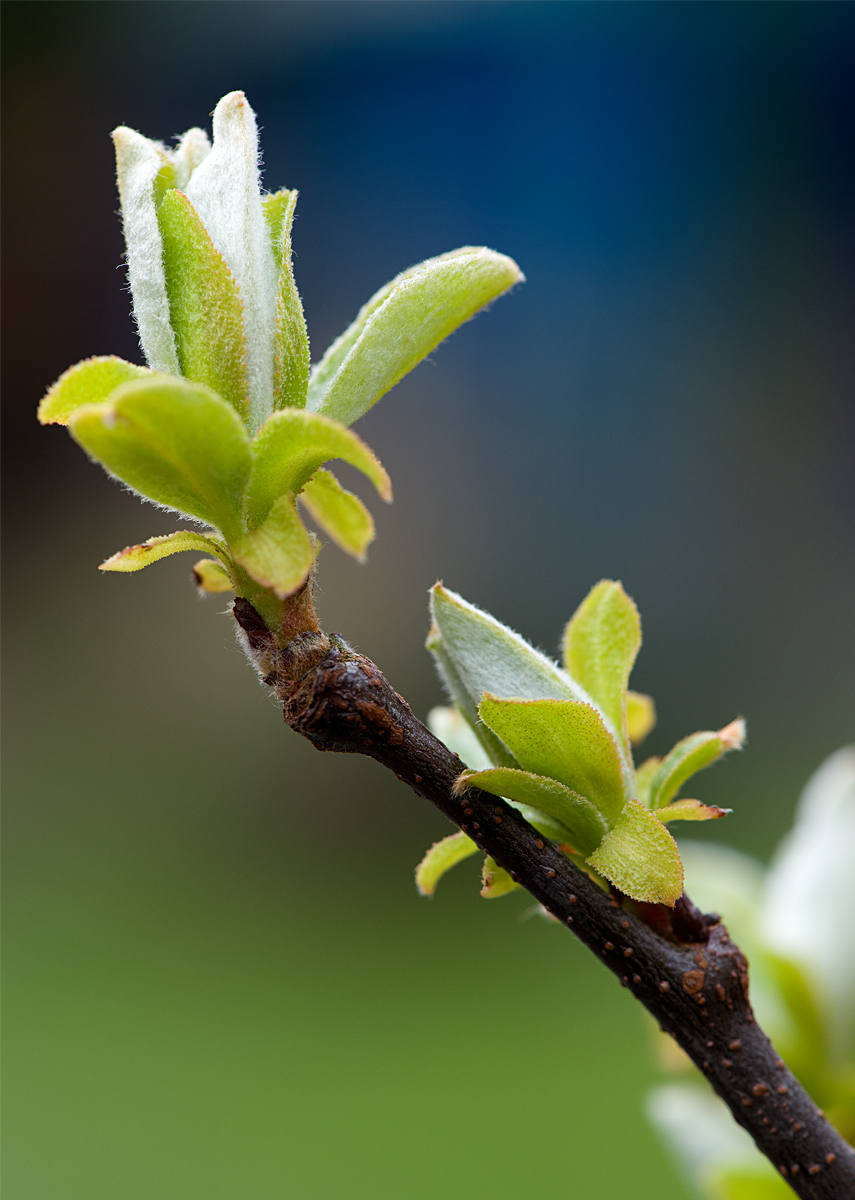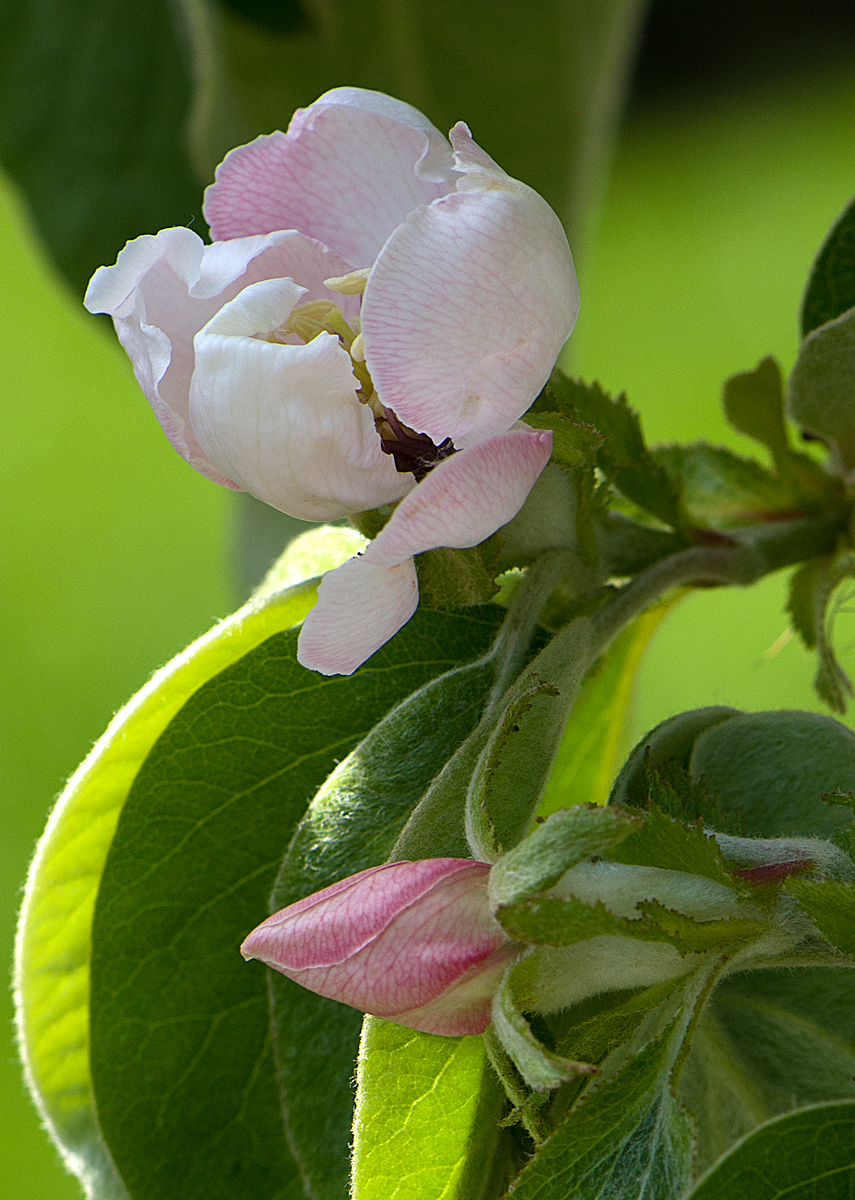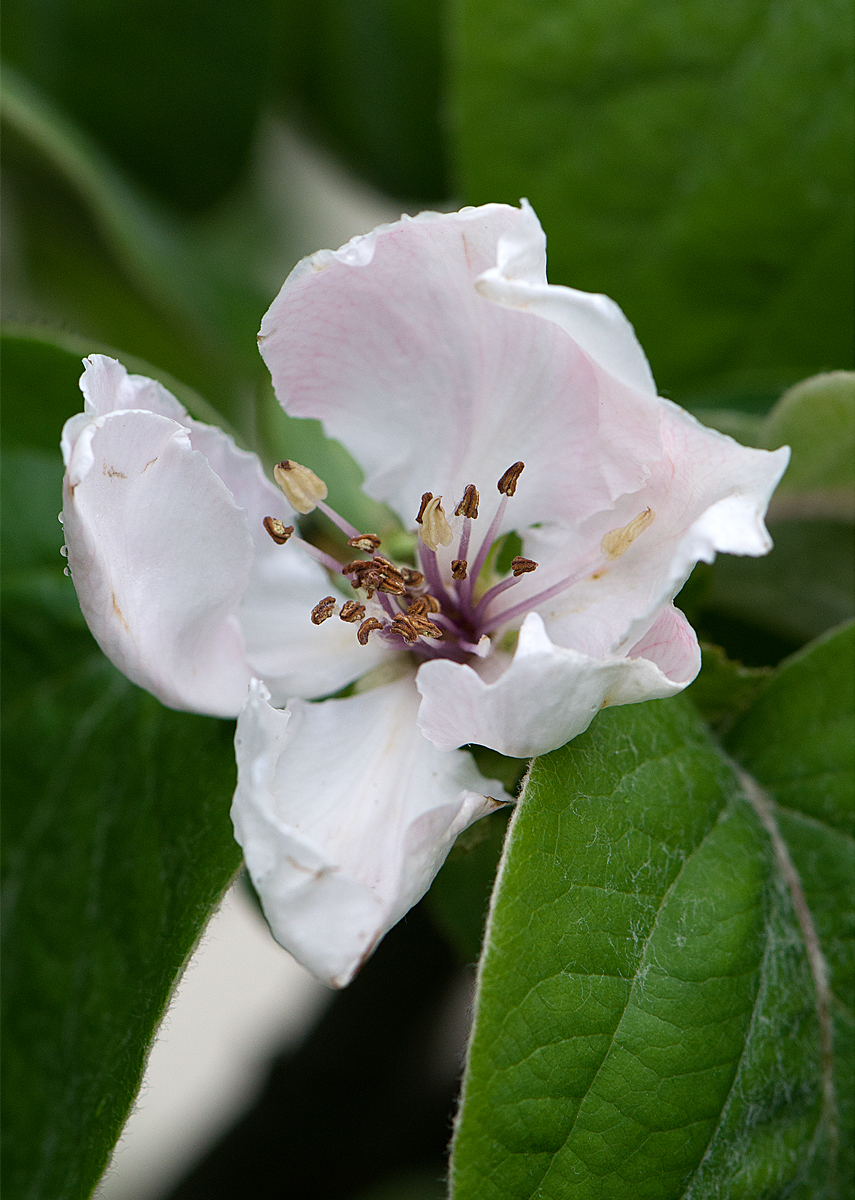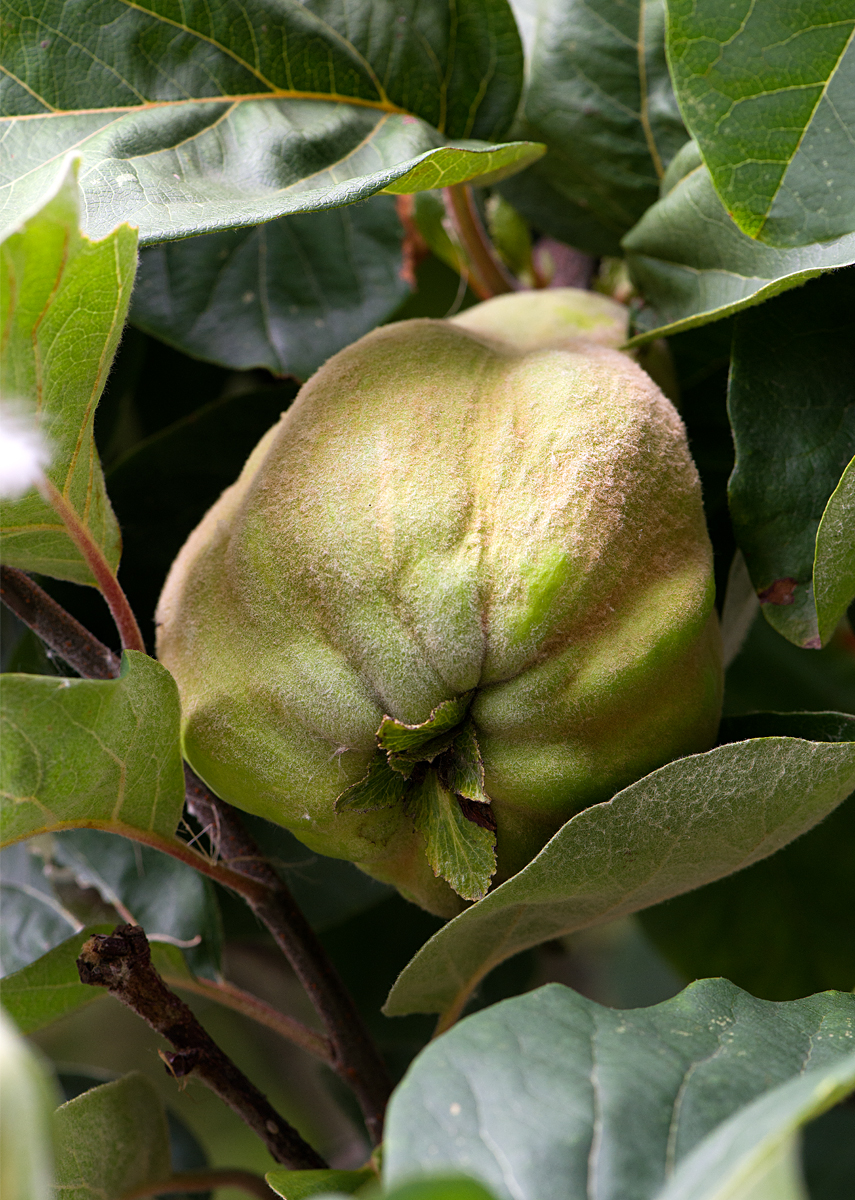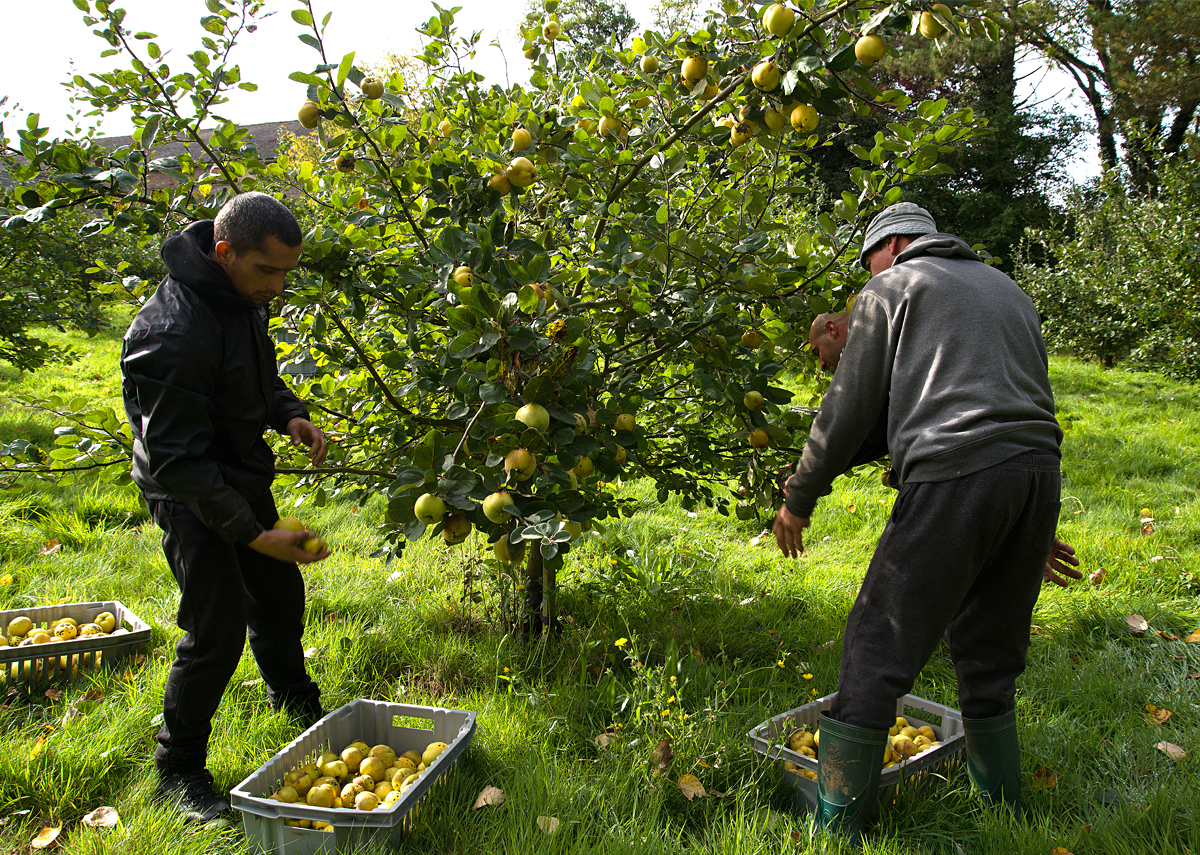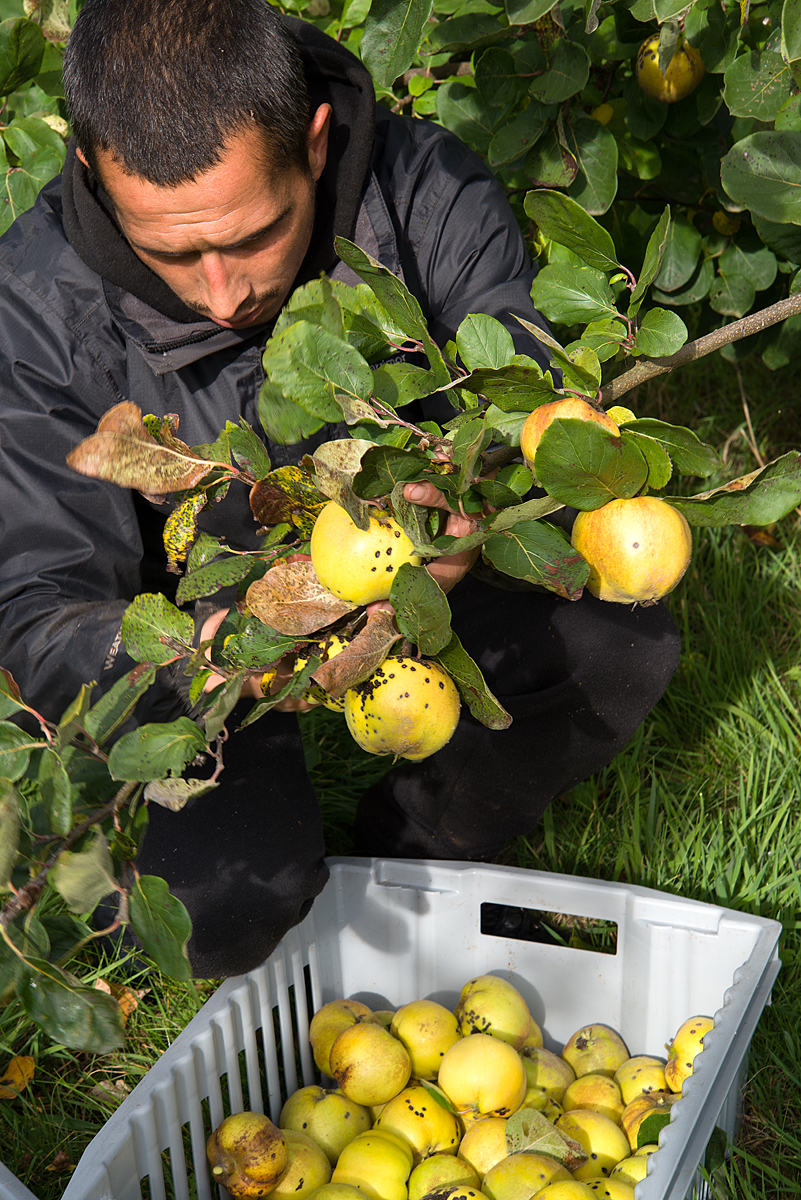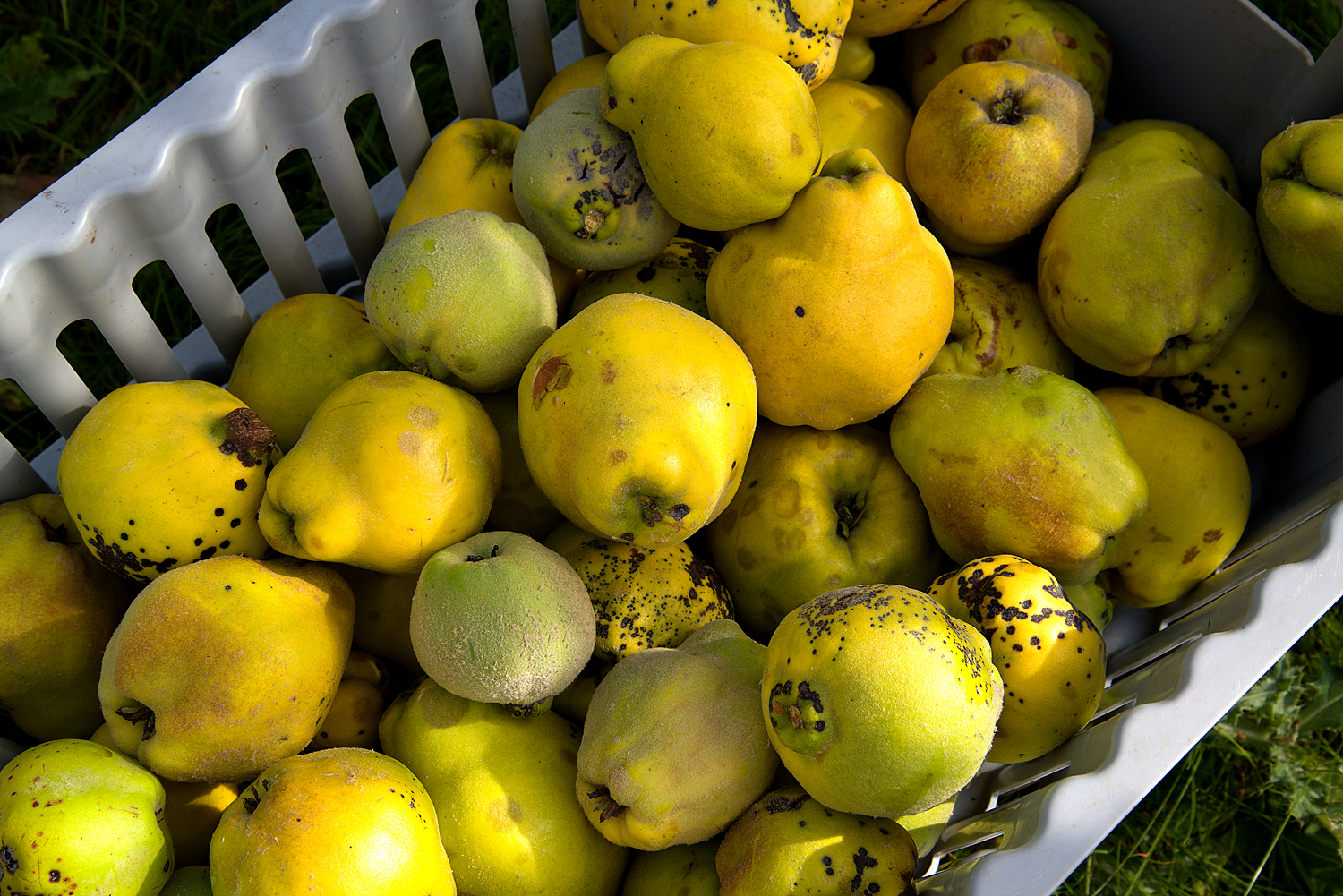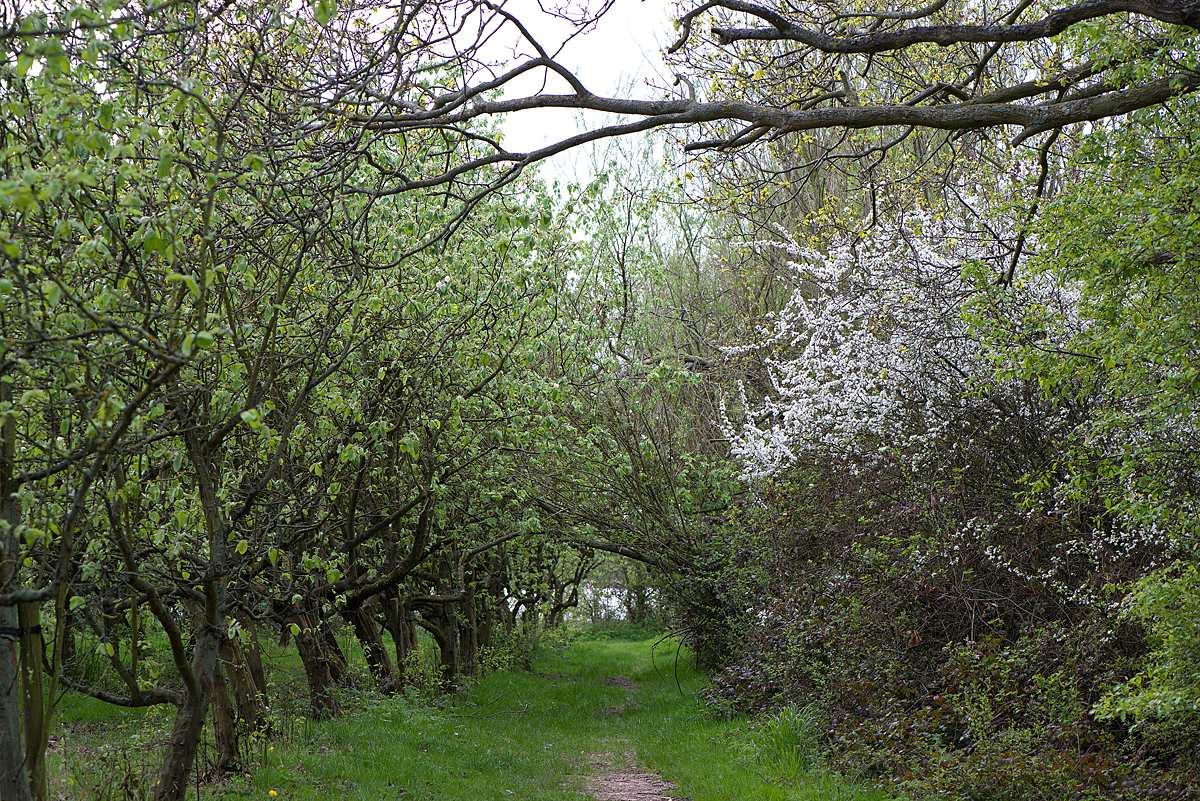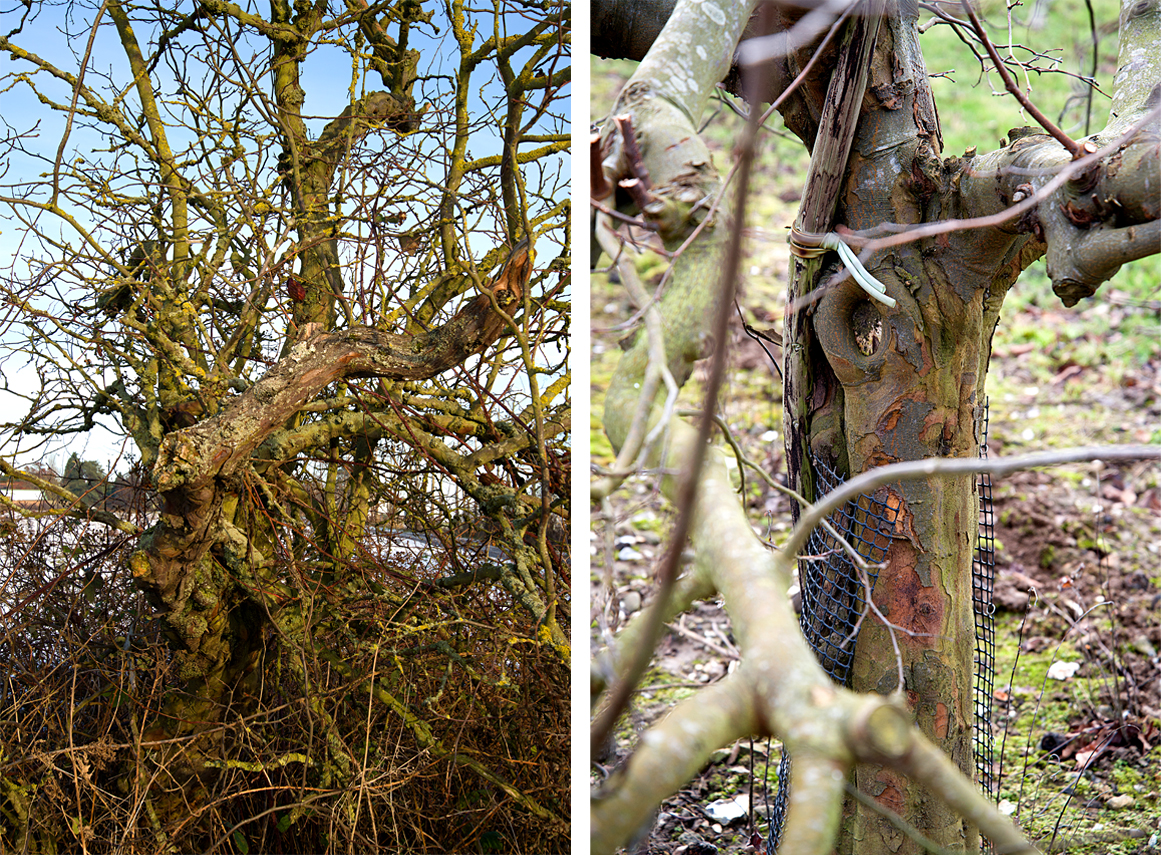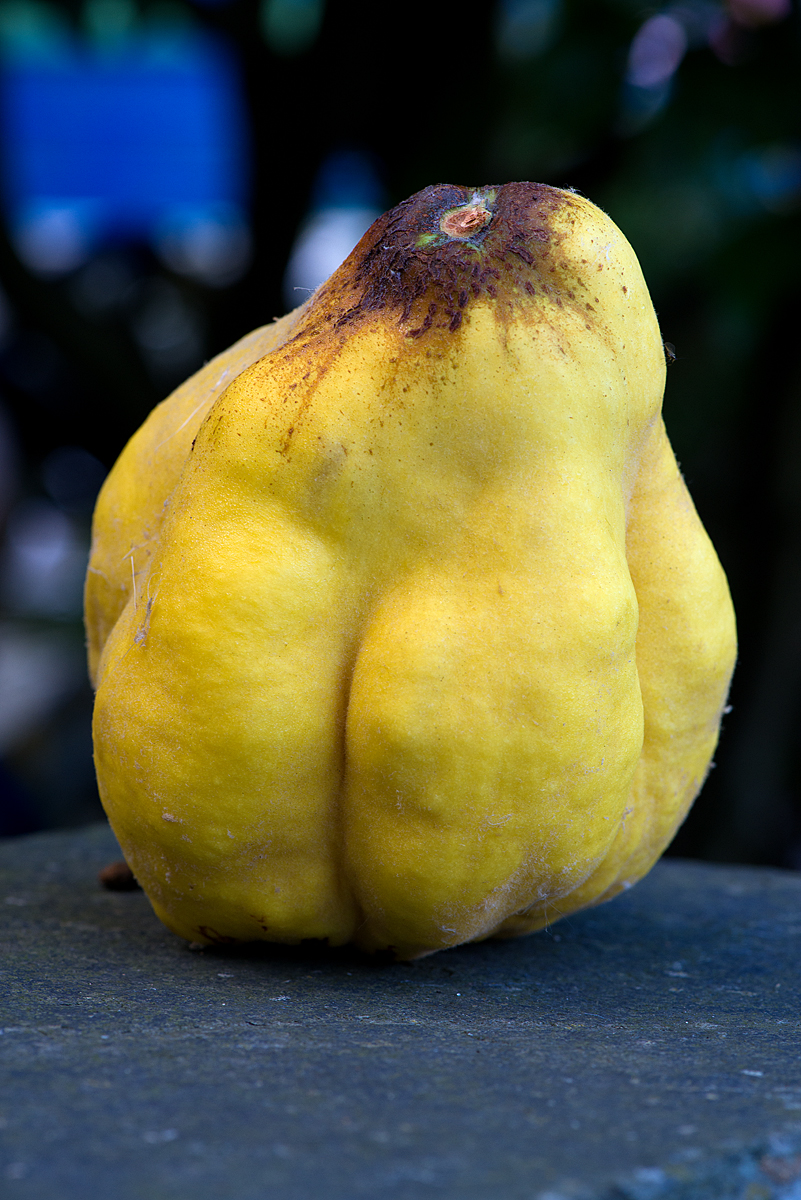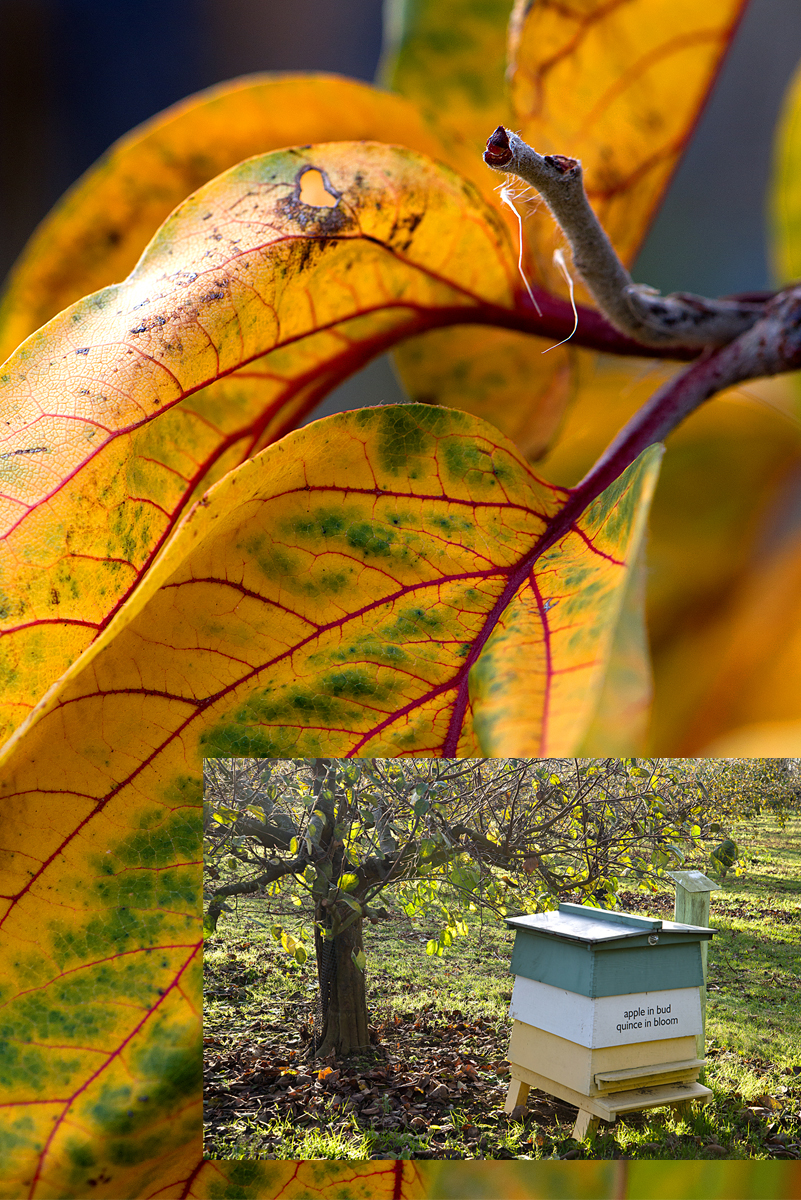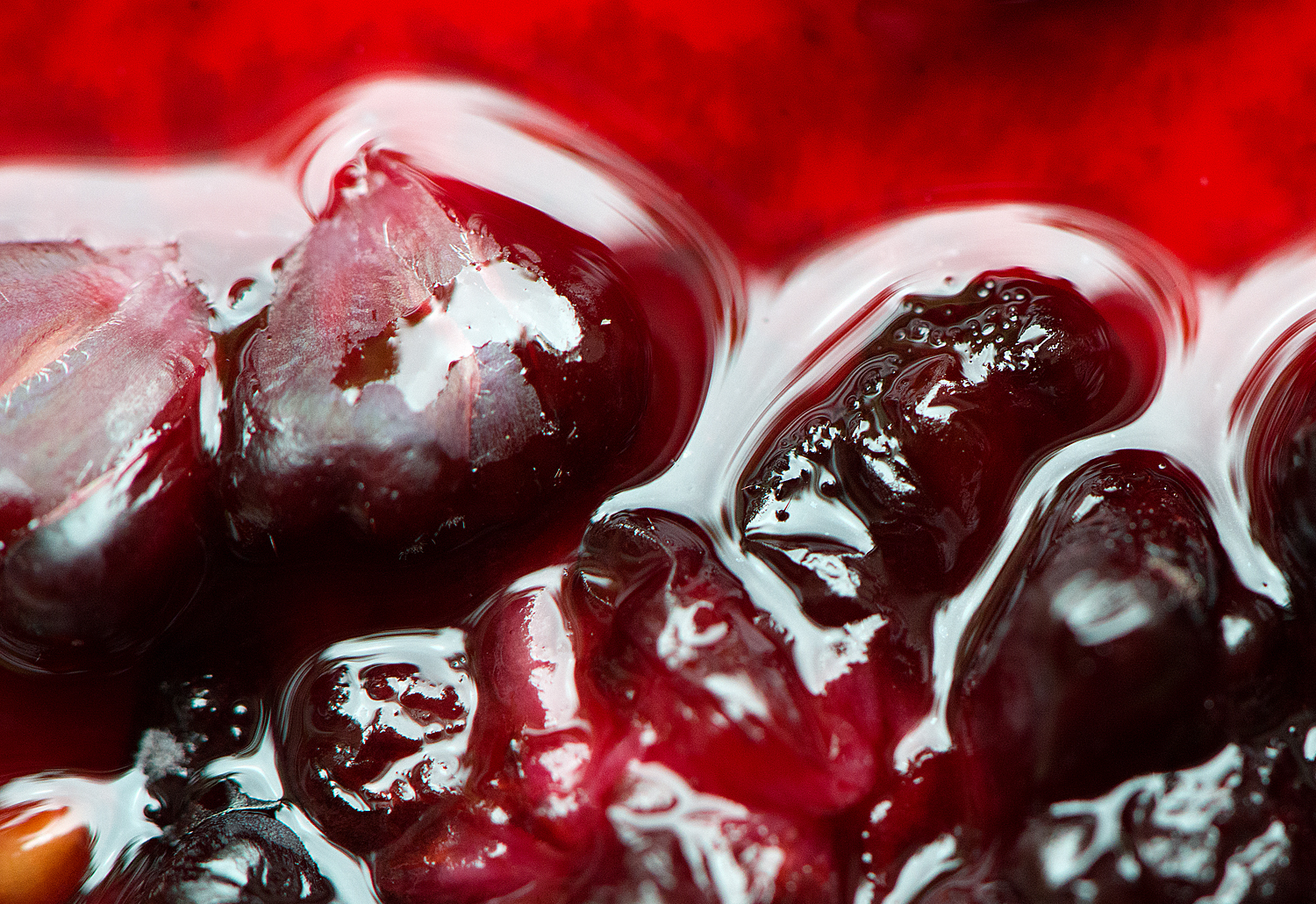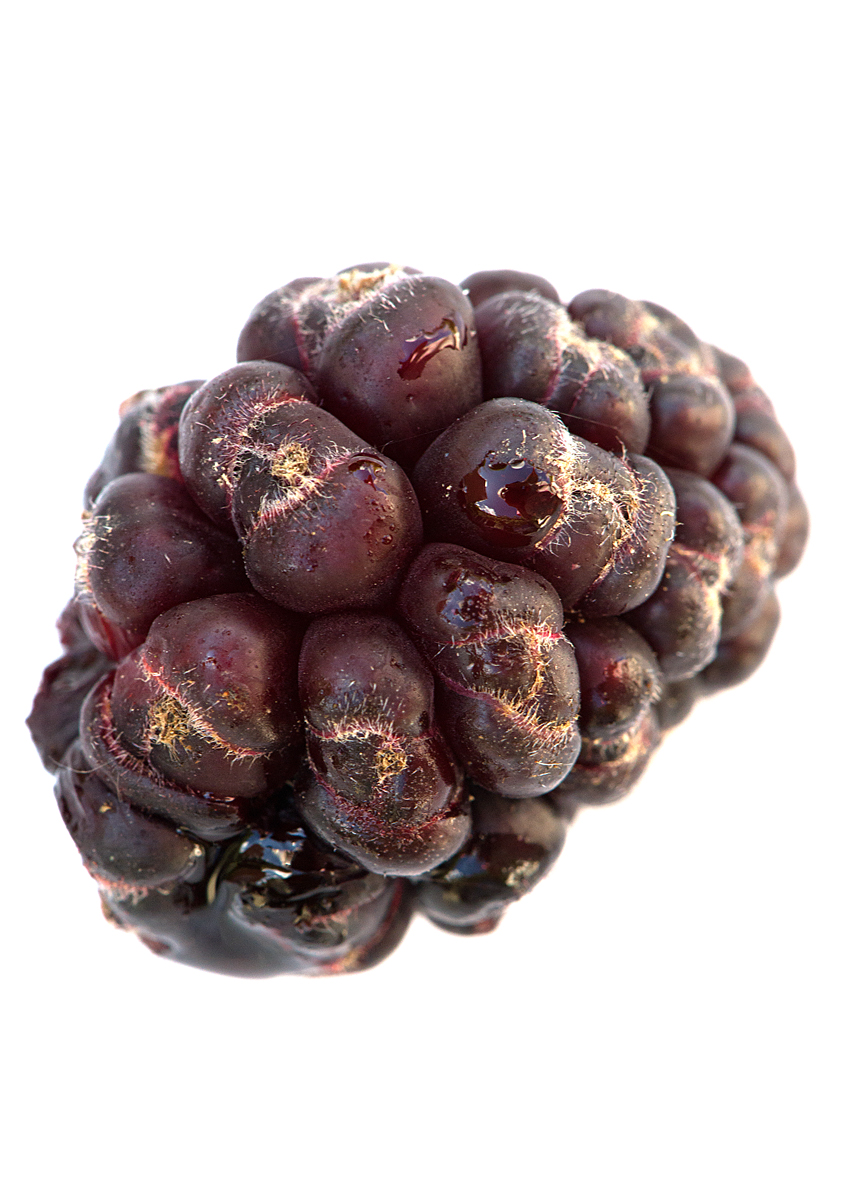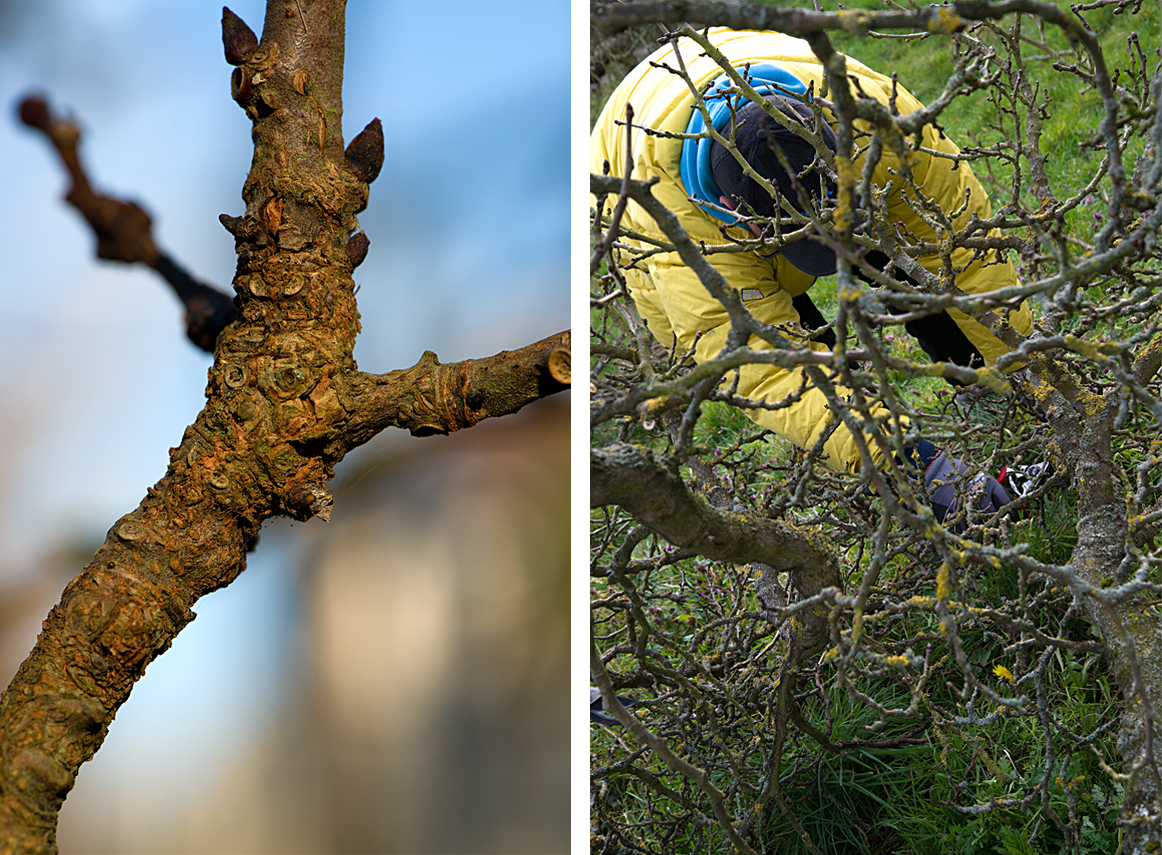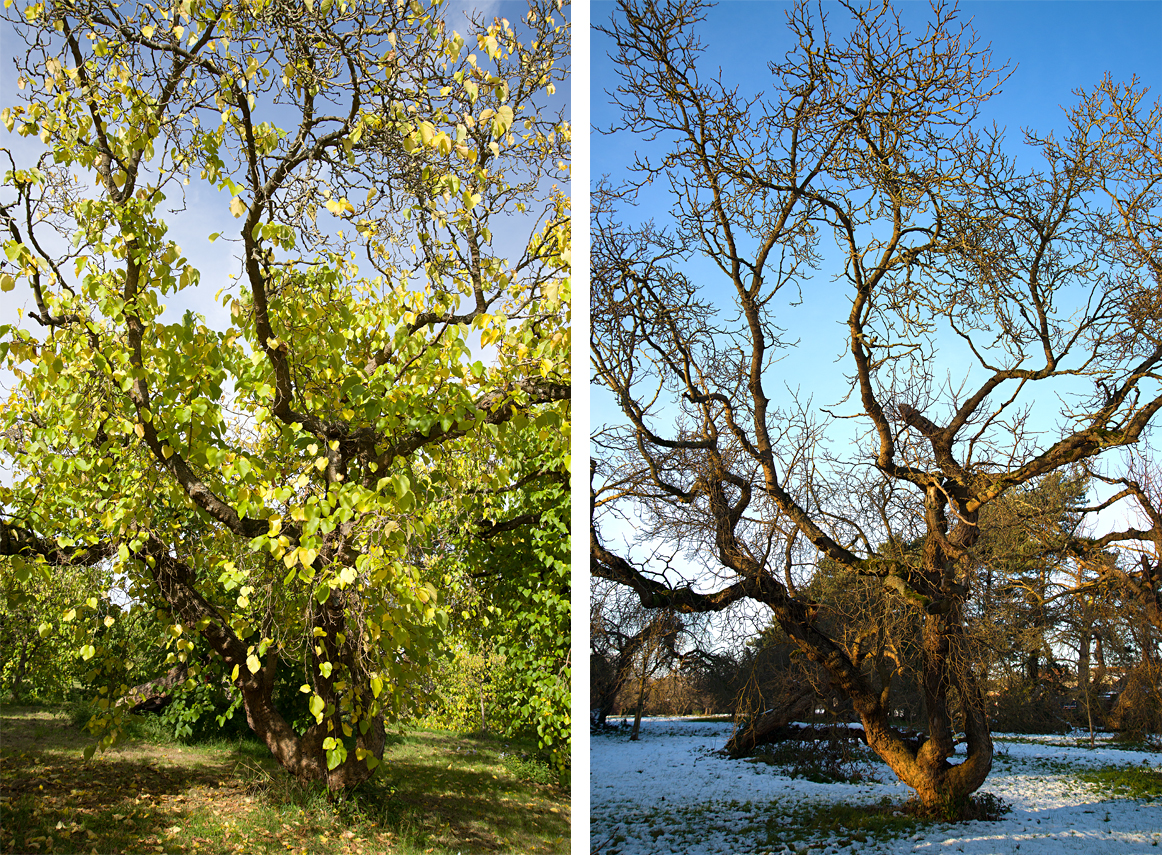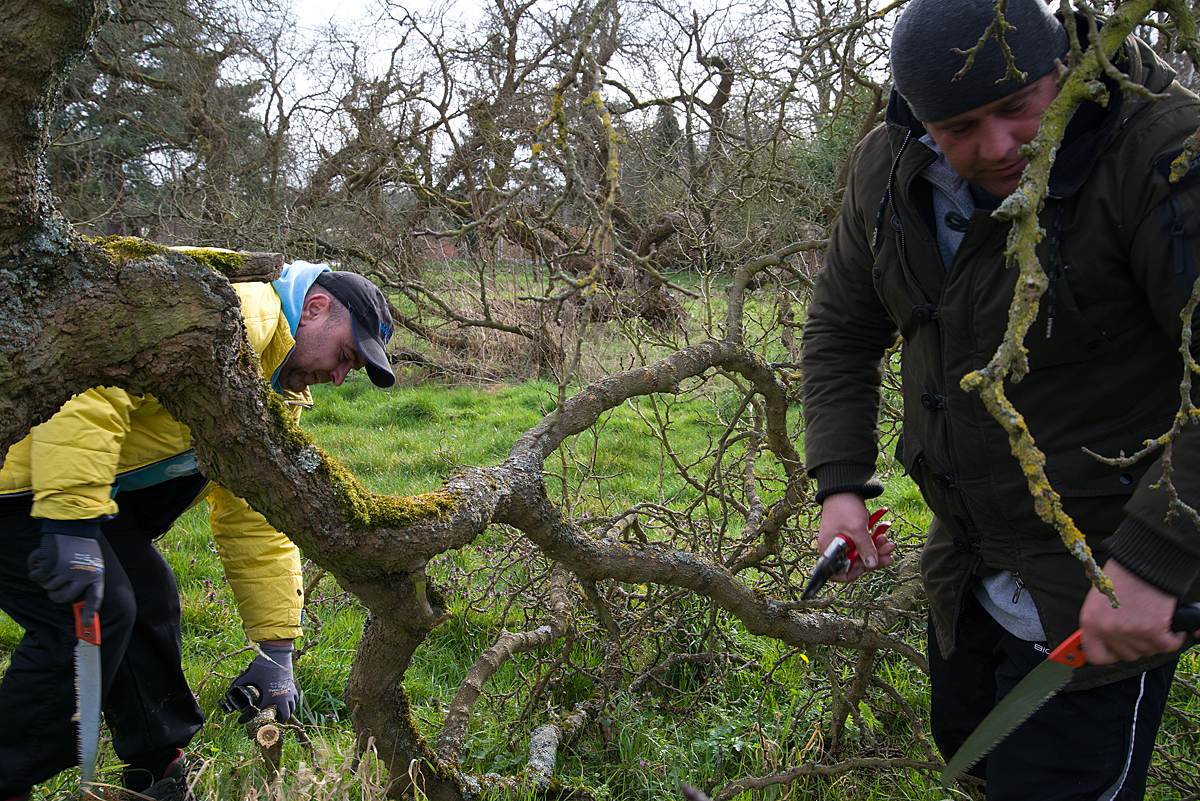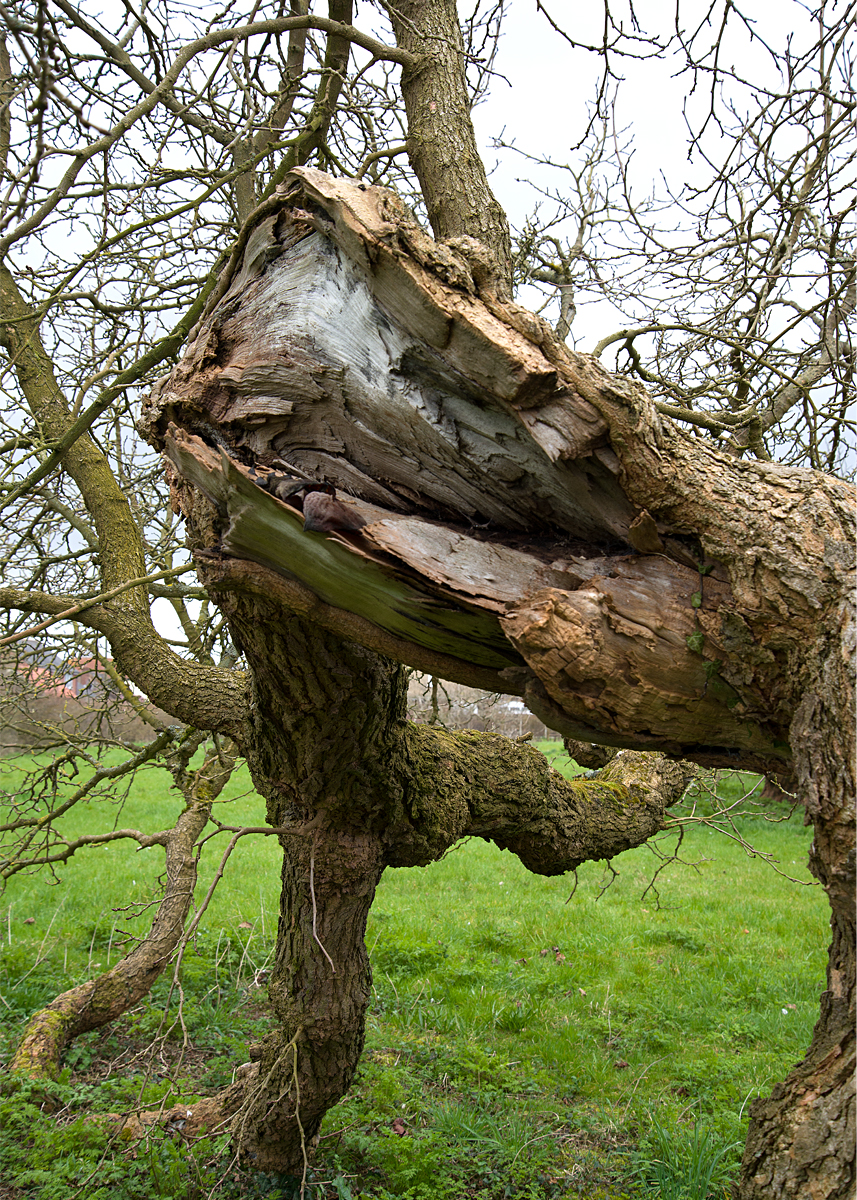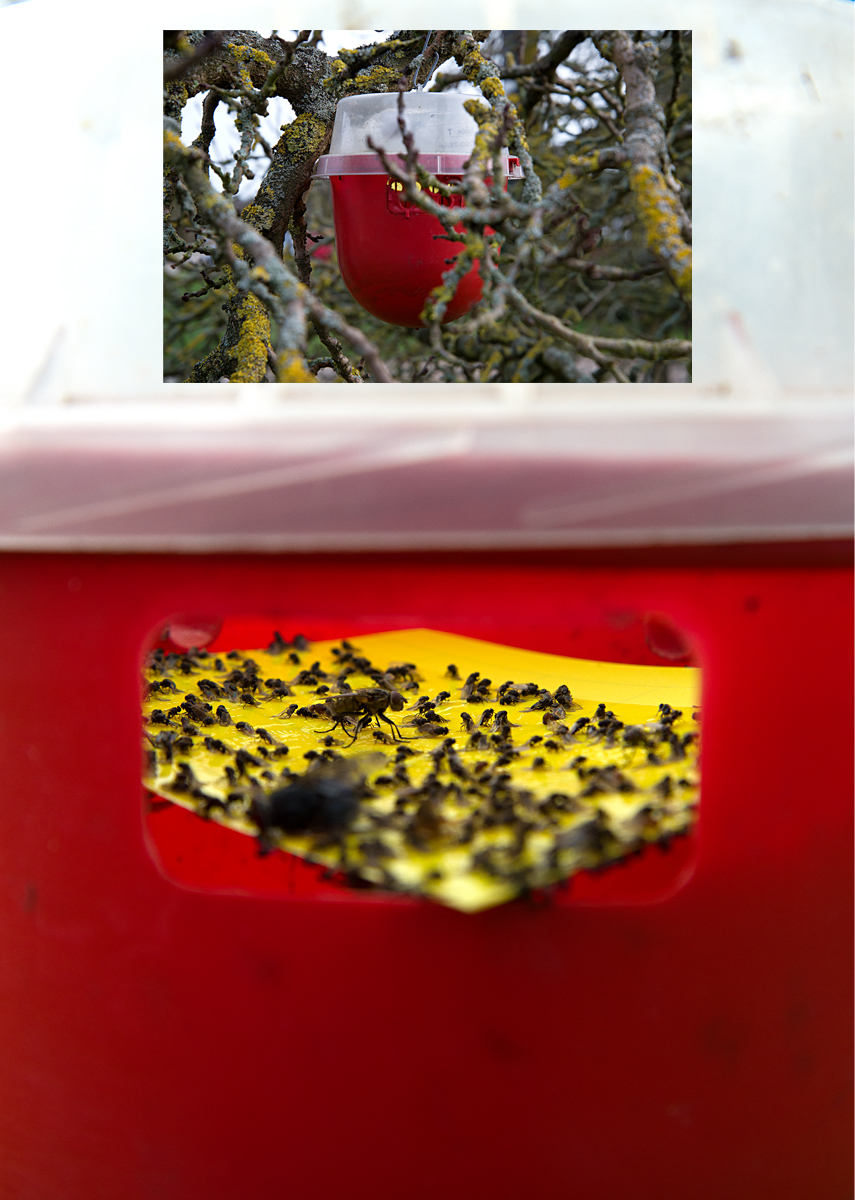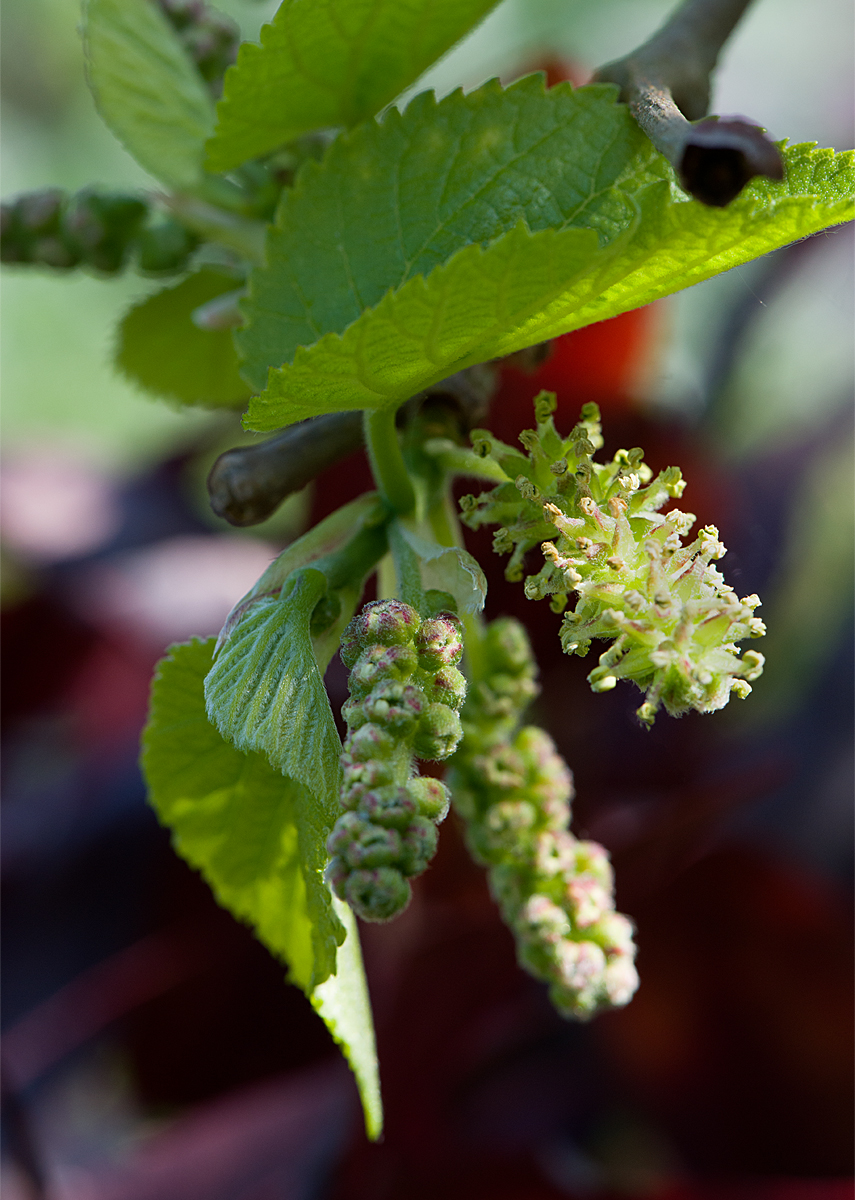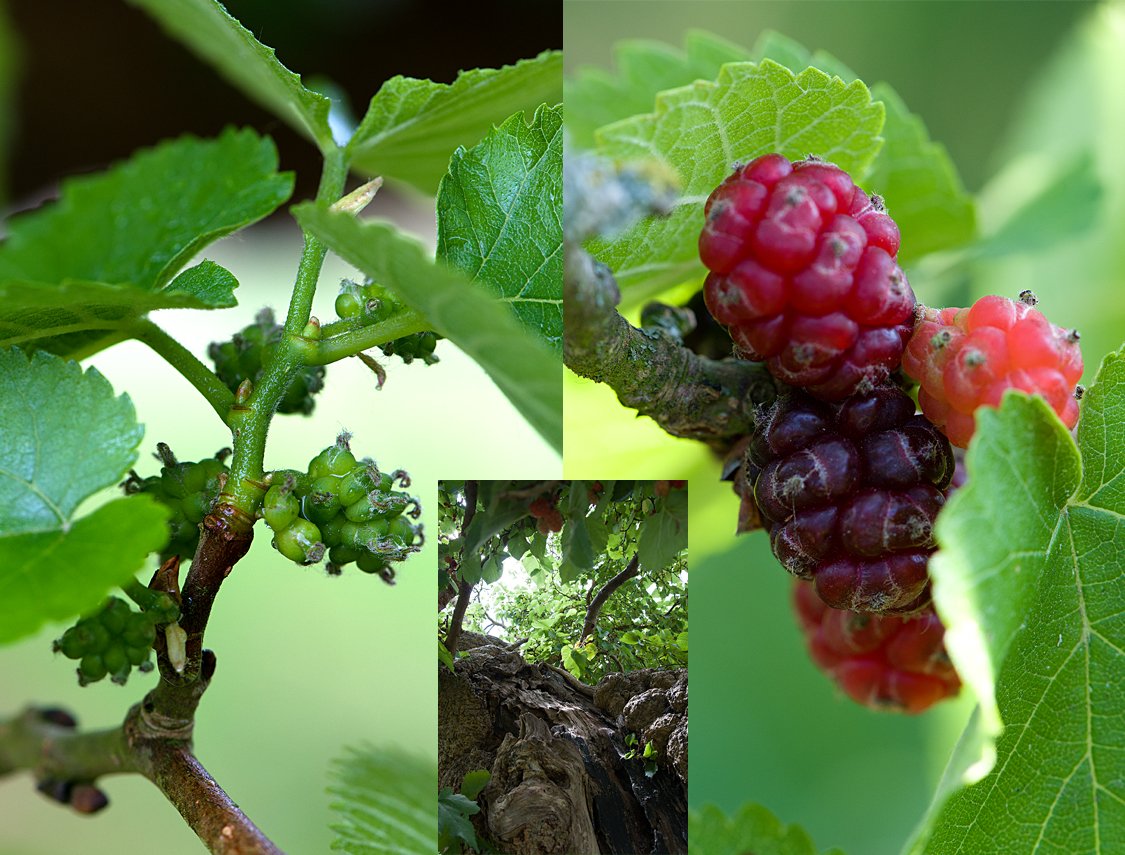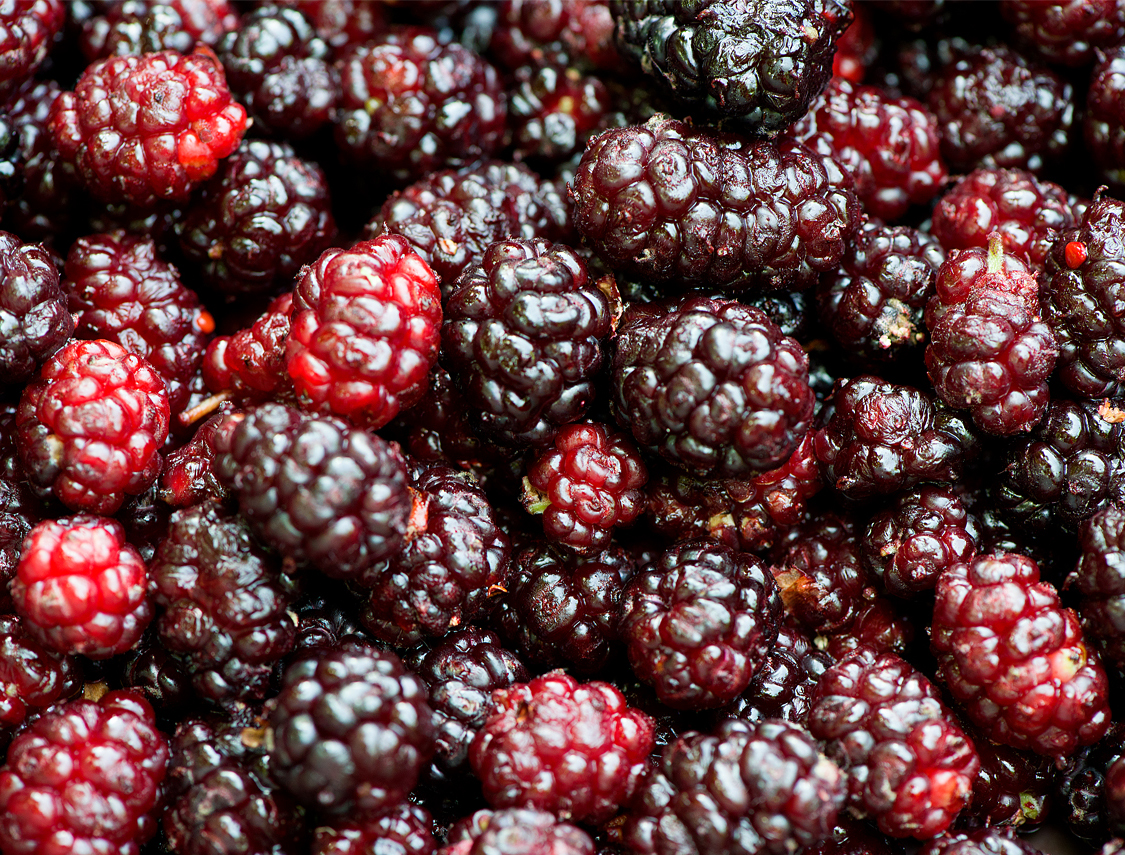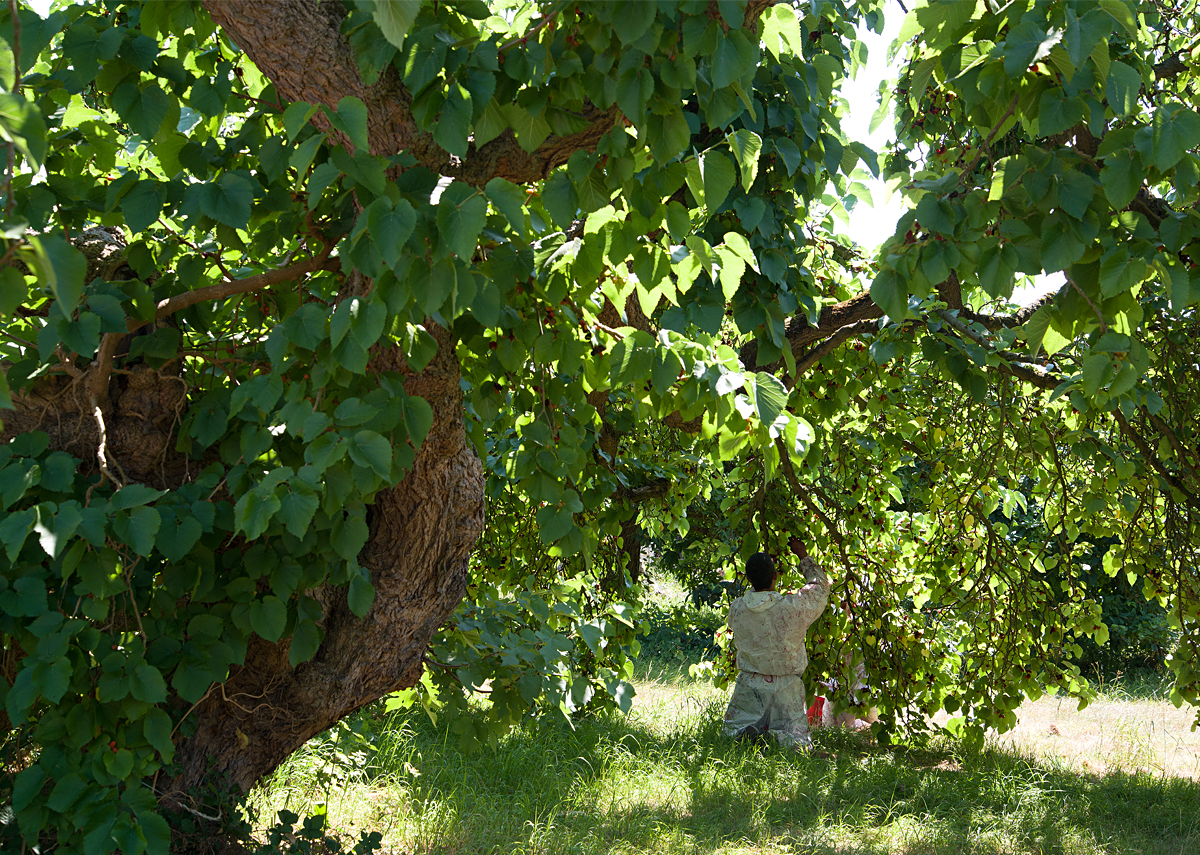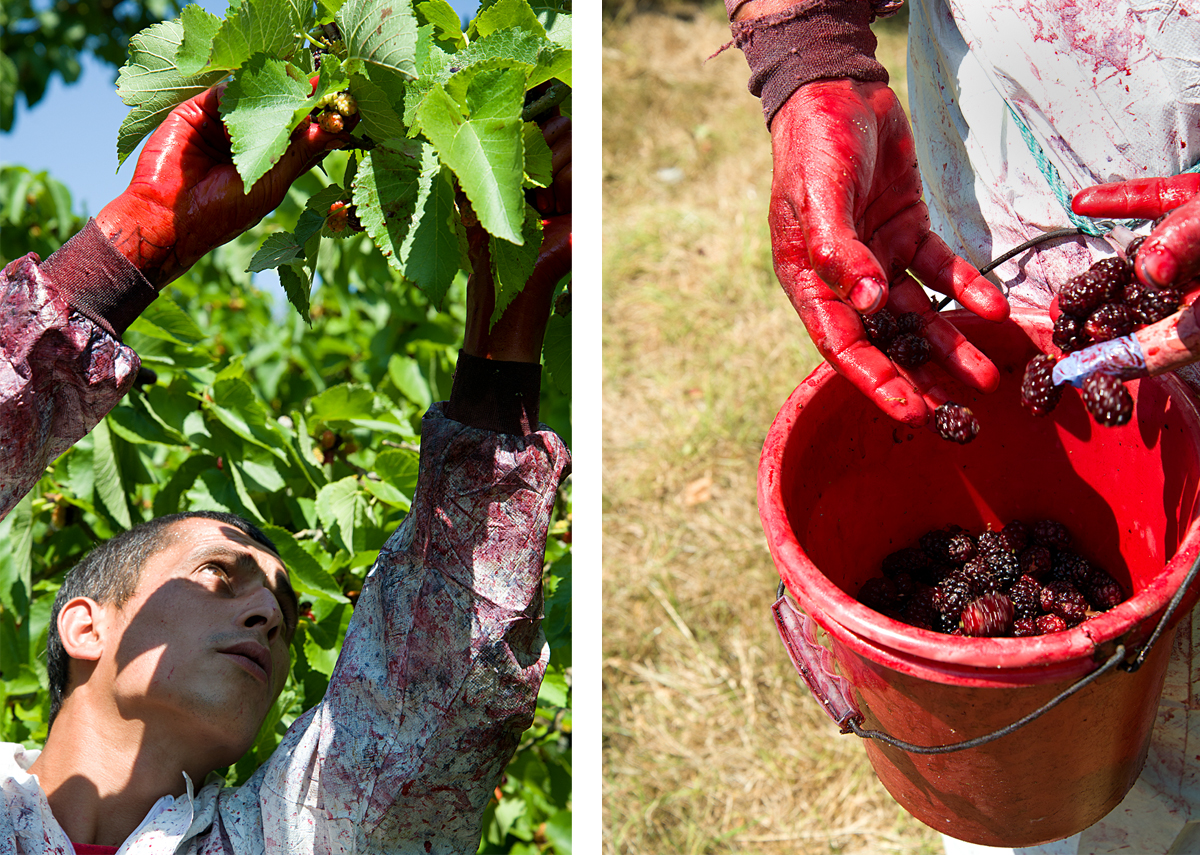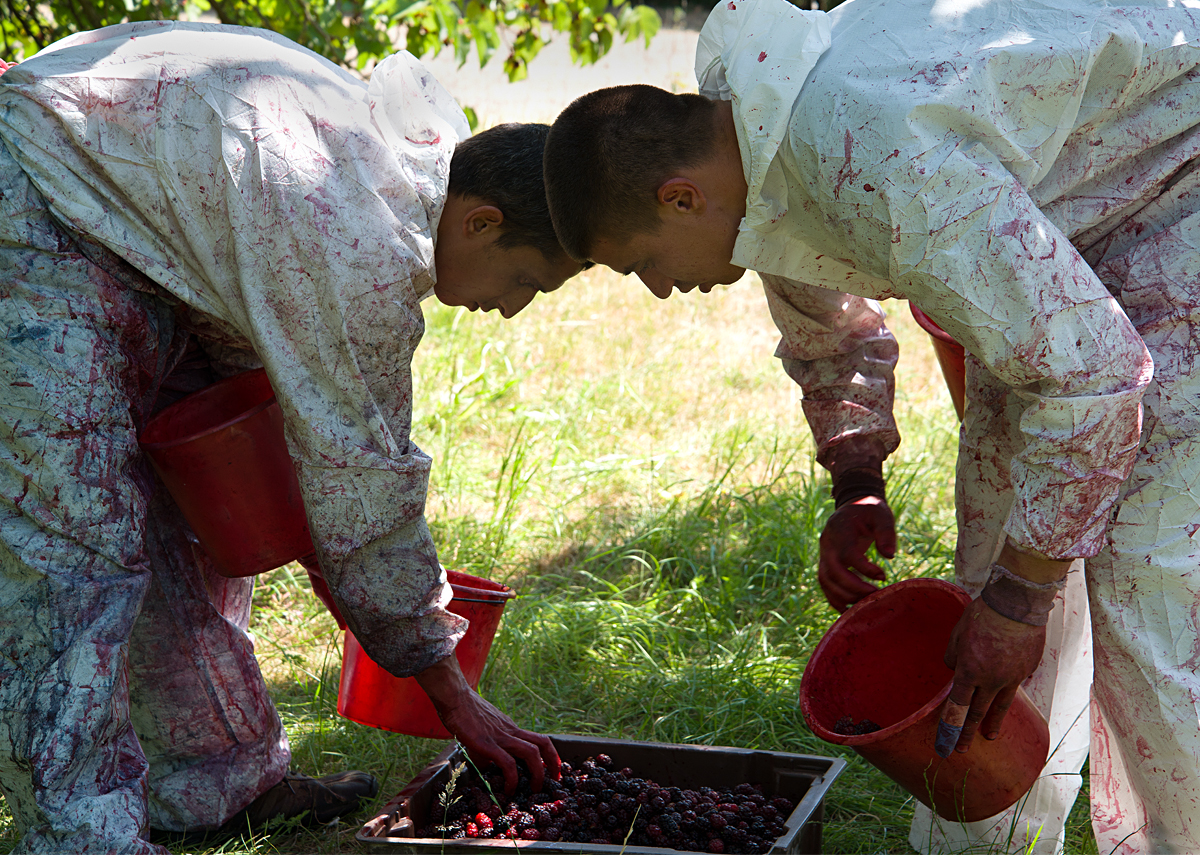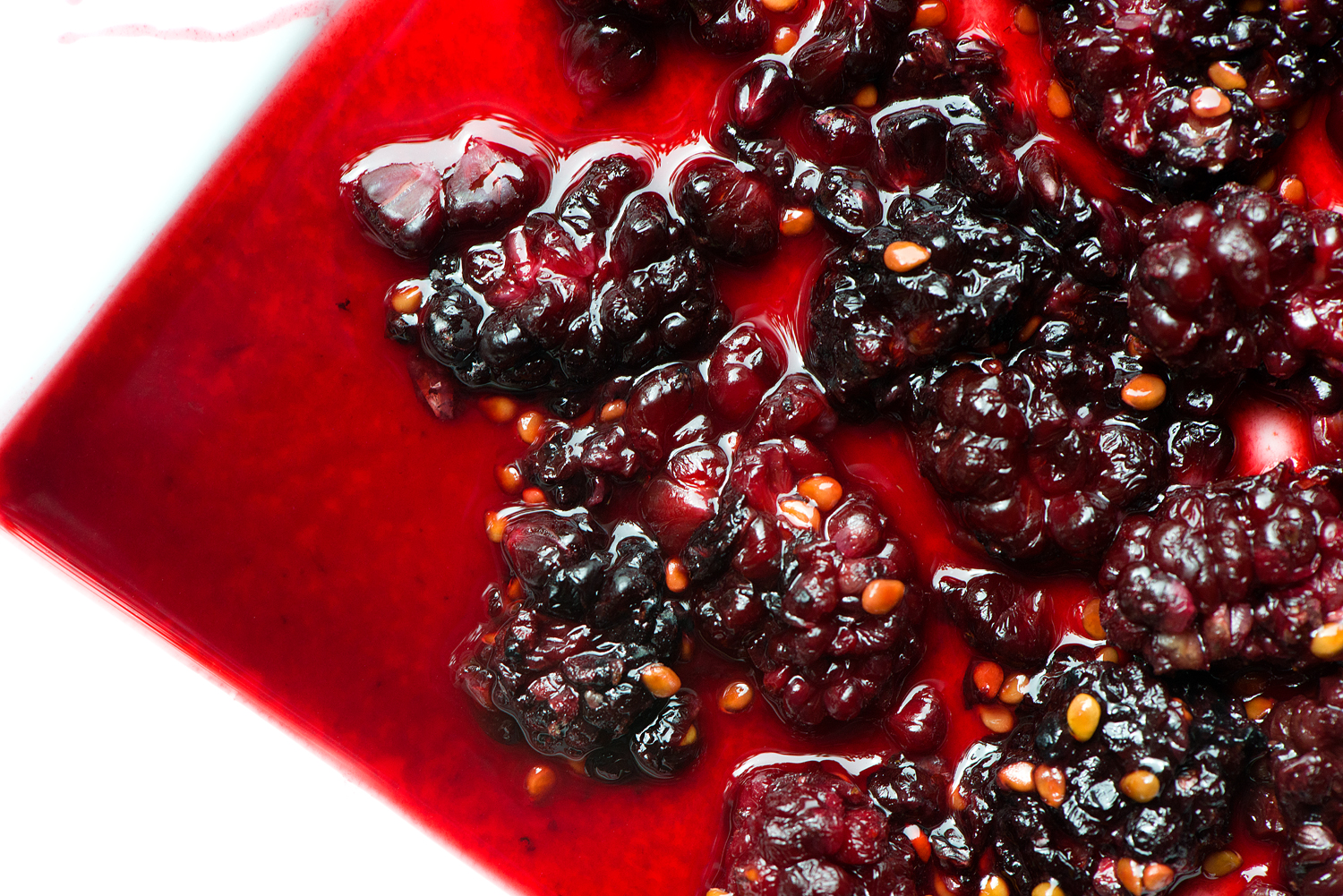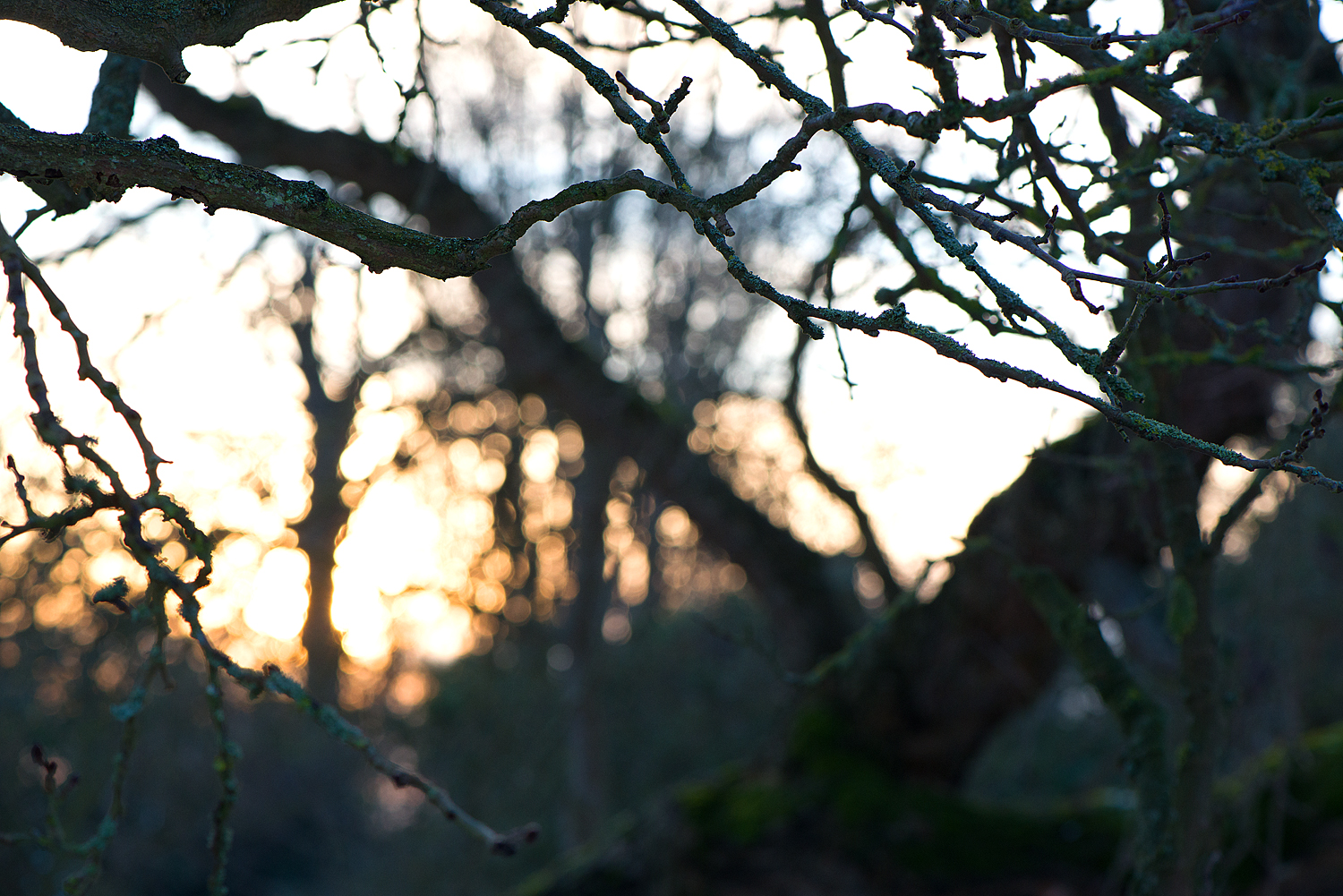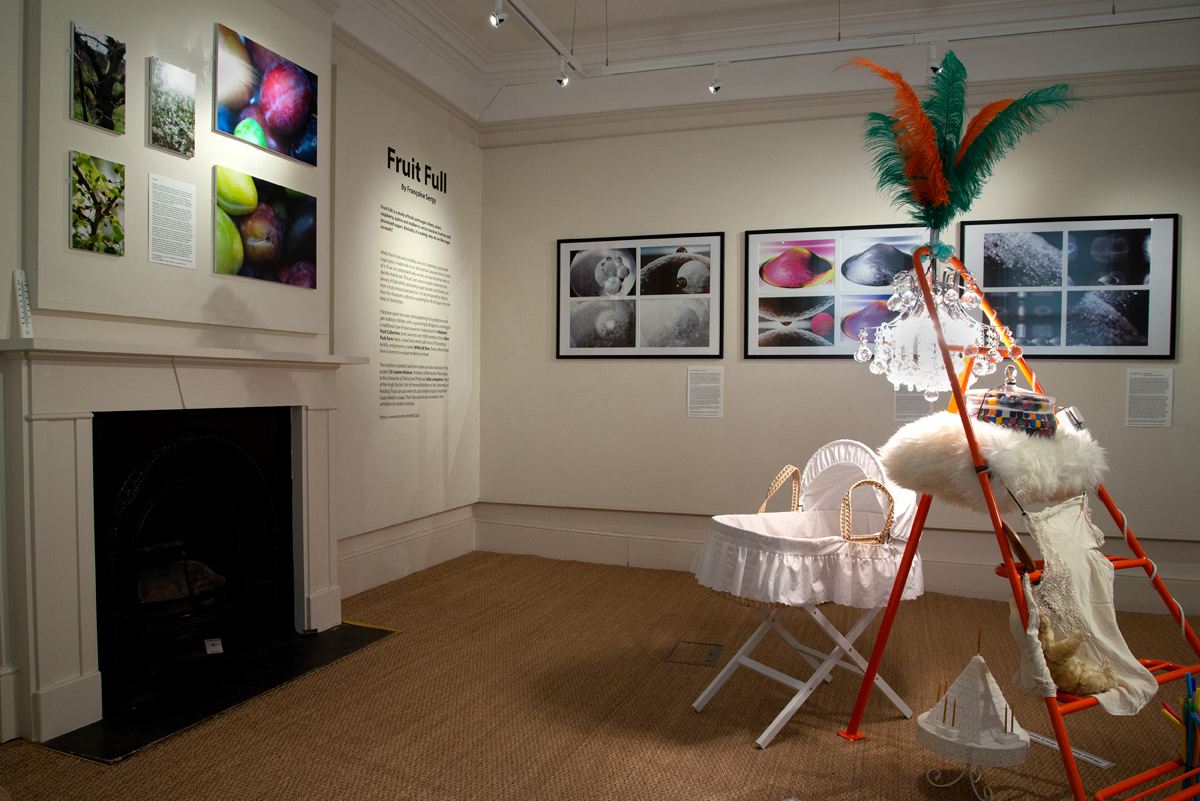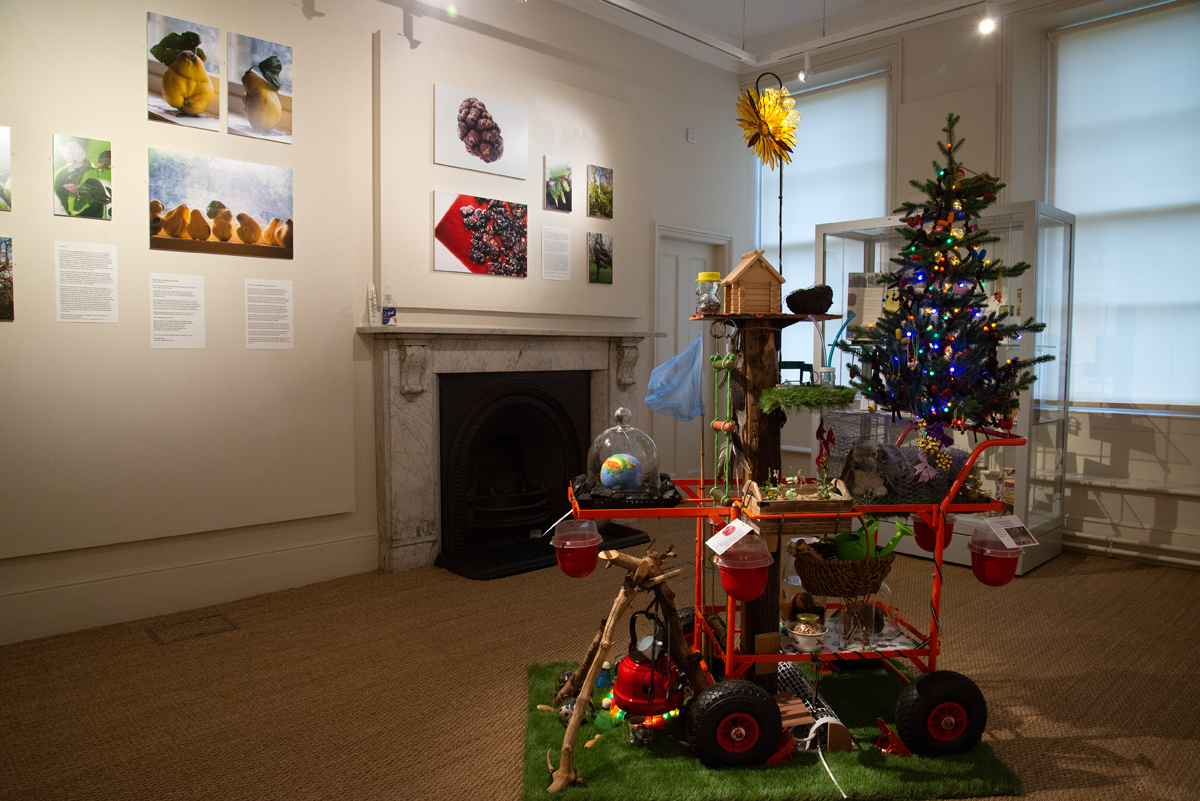raspberries
Raspberries are closely related to blackberries. In Europe, the first records of raspberries date from the time of Pliny the Elder, a Roman author and naturalist who described the fruit as coming from Mont Ida in the Mediterranean, hence the Latin name Rubus idaeus. The english name raspberry is derived either from raspise "sweet rose-coloured wine" (15th century), from raspoie of Germanic origin meaning "thicket", or from Old English rasp "rough berry". The plant was not cultivated much in Britain until the 16th century, presumably because it was so common growing wild and easily picked for free.
Raspberries are rich in vitamins, nutrients, antioxidants and anti-inflammatory substances such as the plant pigments flavonoids. They are considered one of the most healthy berries to include in our diet, one of the so called "super foods", alongside blueberries.
growing raspberries
A raspberry plant produces several new shoots each year called canes (a type of suckers), growing from an extensive root system which can rapidly get out of bound in a garden or allotment if allowed to do so. There are two main types of canes: the summer varieties which grow straight shoots in the first year, then flowers and fruits the second year; and the autumn raspberries which flower and fruit every year.
The fruits are expensive to produce: they are very delicate, require careful hand picking and they have a very short shelf life. Those imported from outside Europe, such as the Moroccan raspberries available in January, will have been air freighted into the country. In the past, most of the UK raspberries were grown in Scotland, where the cool climate is ideal. They are now grown throughout Britain.
Raspberries are often grown in pots in polytunnels, where they are dependant on irrigation and fertilisers. Also, their pollination is often done by bees bought in for the purpose, including by non-native bees which may have in the past introduced new pests and diseases to the wild population. These raspberries are very productive for a few years, after which they are removed and replaced. Such growing methods use a lot of resources, energy and labour but the results are high yields of beautiful, premium rated fruits, often tasty too! The traditional cultivation in open fields is now mostly reserved for making jams and juices. It is a much more sustainable method but one less suited to the fresh fruits market.
more information
For an overview of this art and science project, go to: Fruit Full home page
To discover two other fruits: plums and cherries, go to: Fruits 1
To explore our inner child's garden, go to: Fruit Talk
If you would like more information about the five fruits celebrated here, you can download the following texts, as pdf documents:
Fruits is about fruits and the origins of fruit farming.
Five Fruits is a longer text about the five fruits featured: plums, cherries, raspberries, quinces and mulberries.

